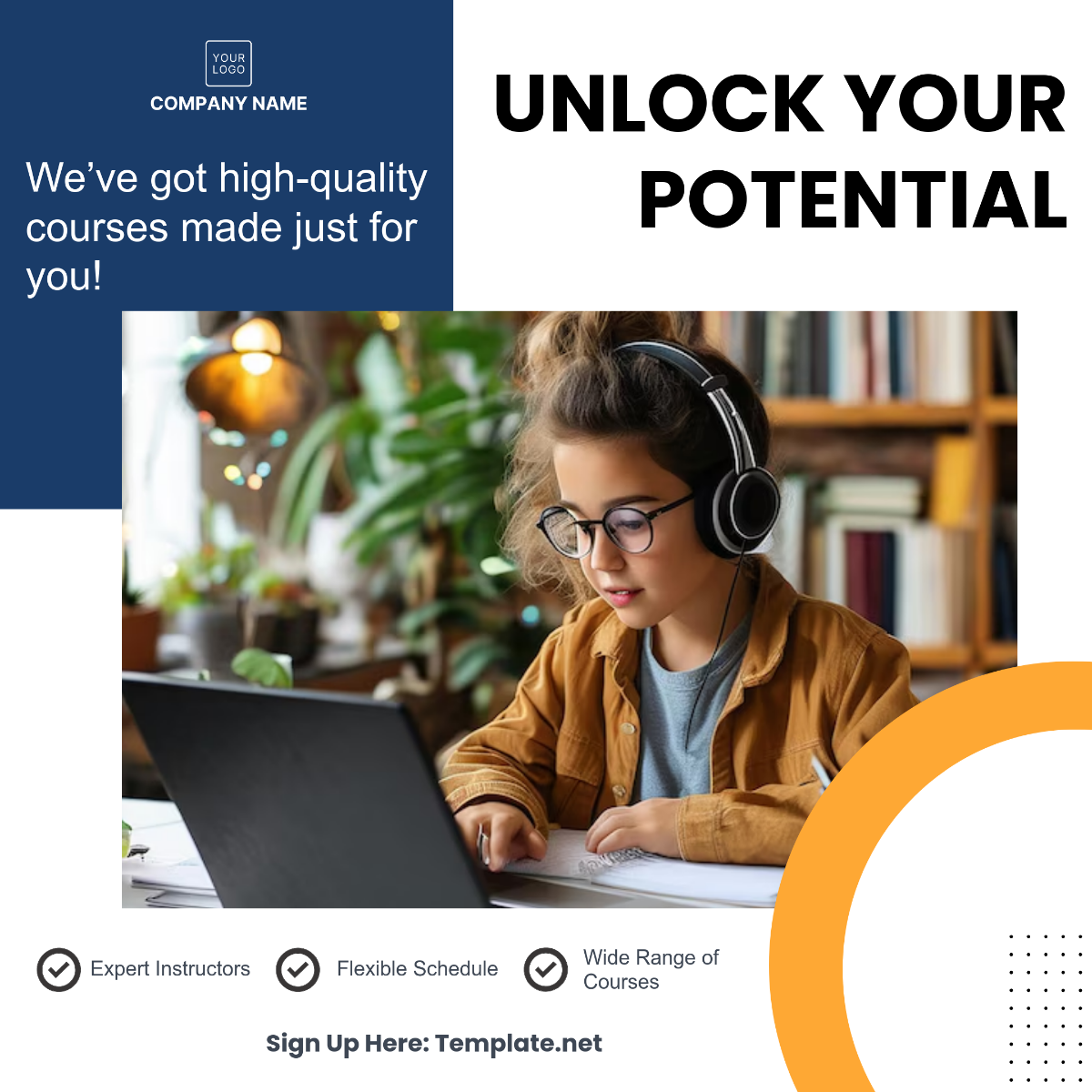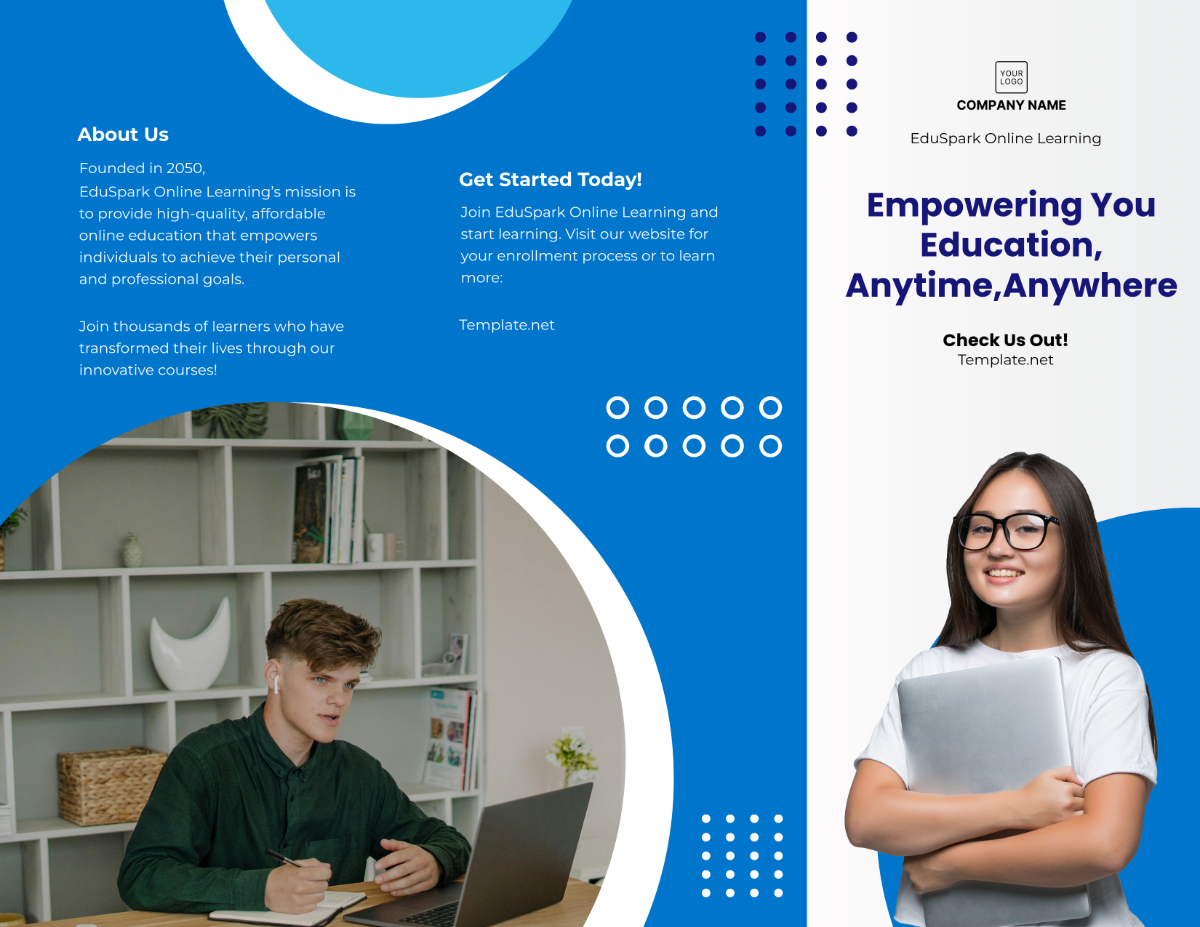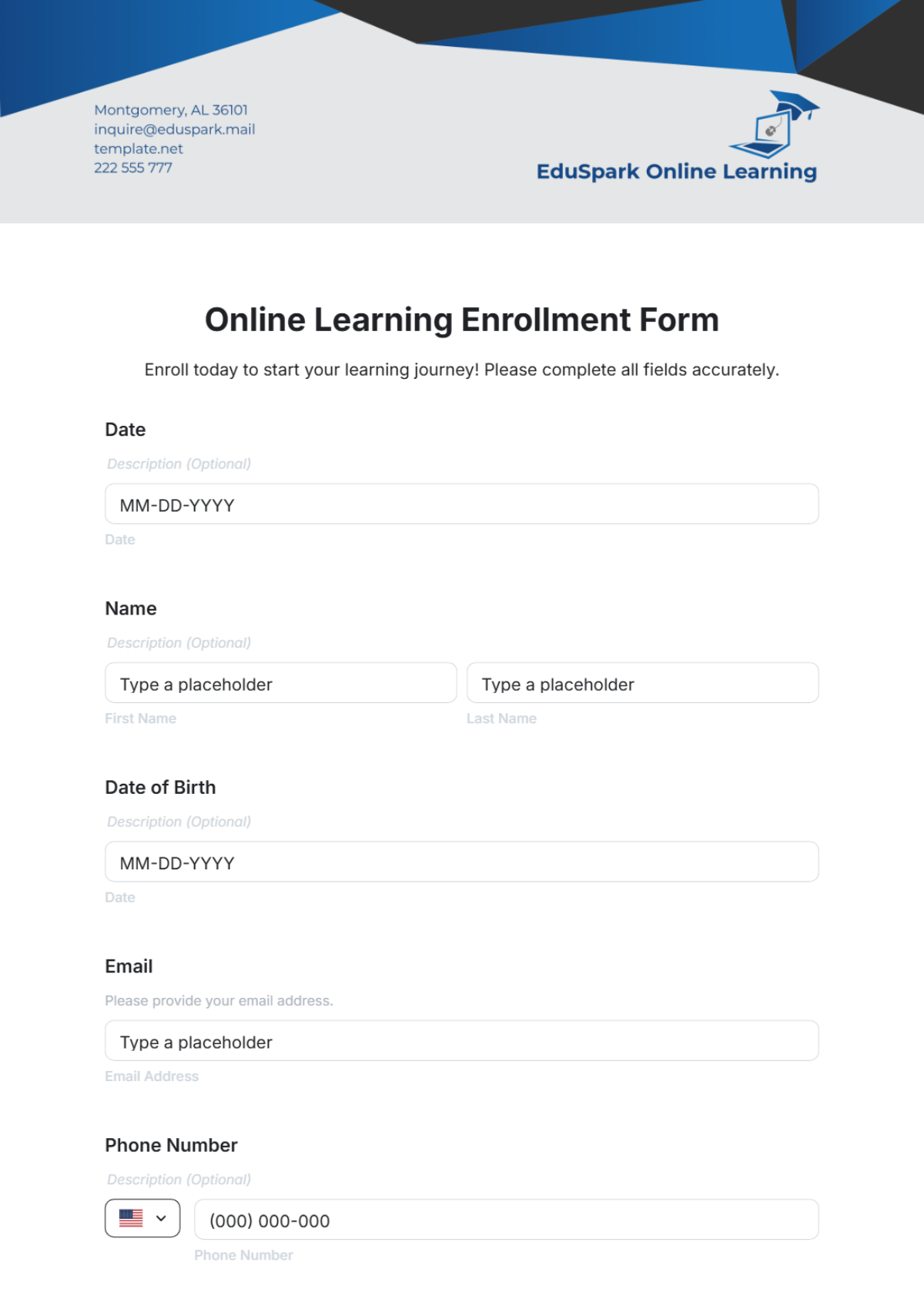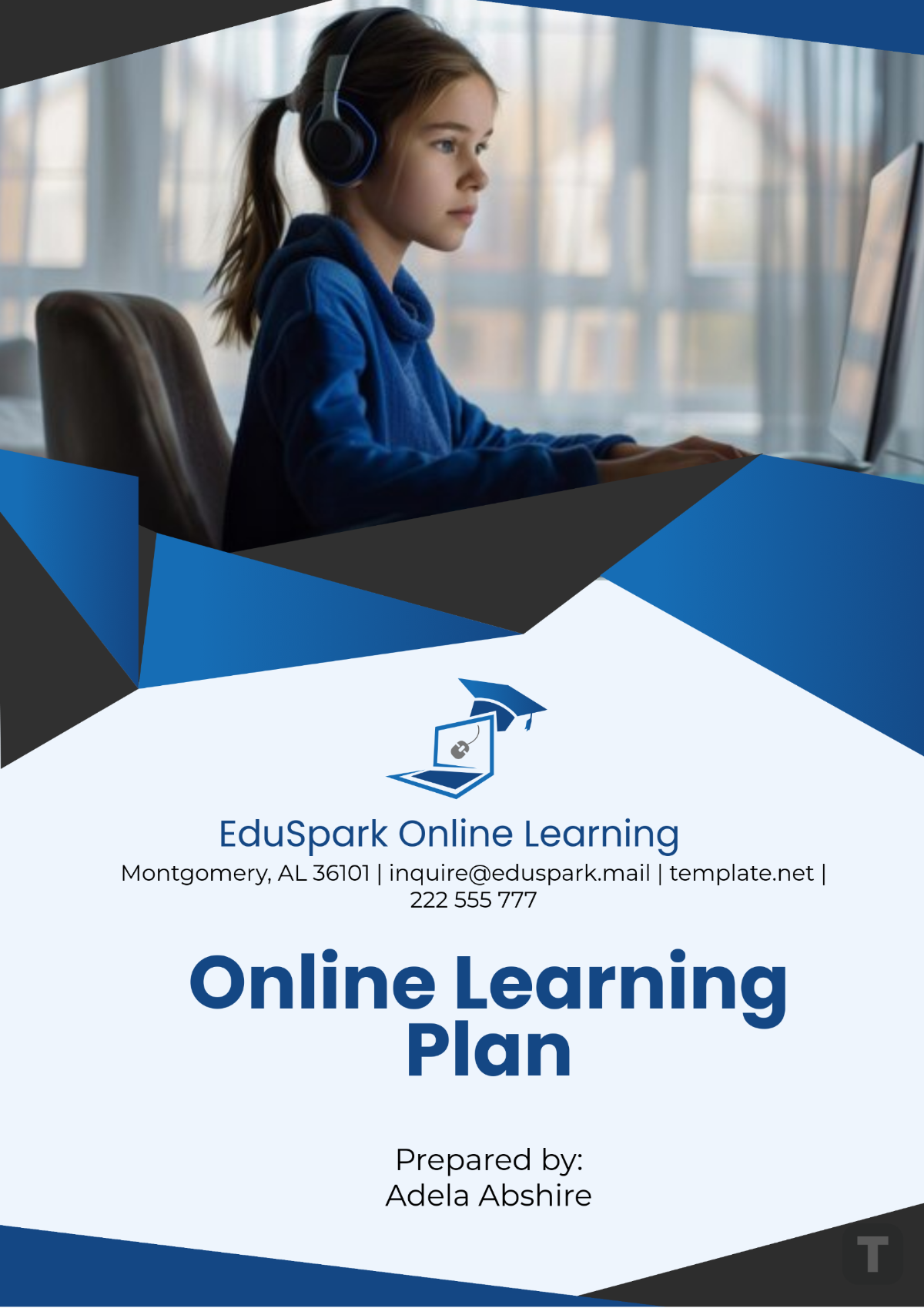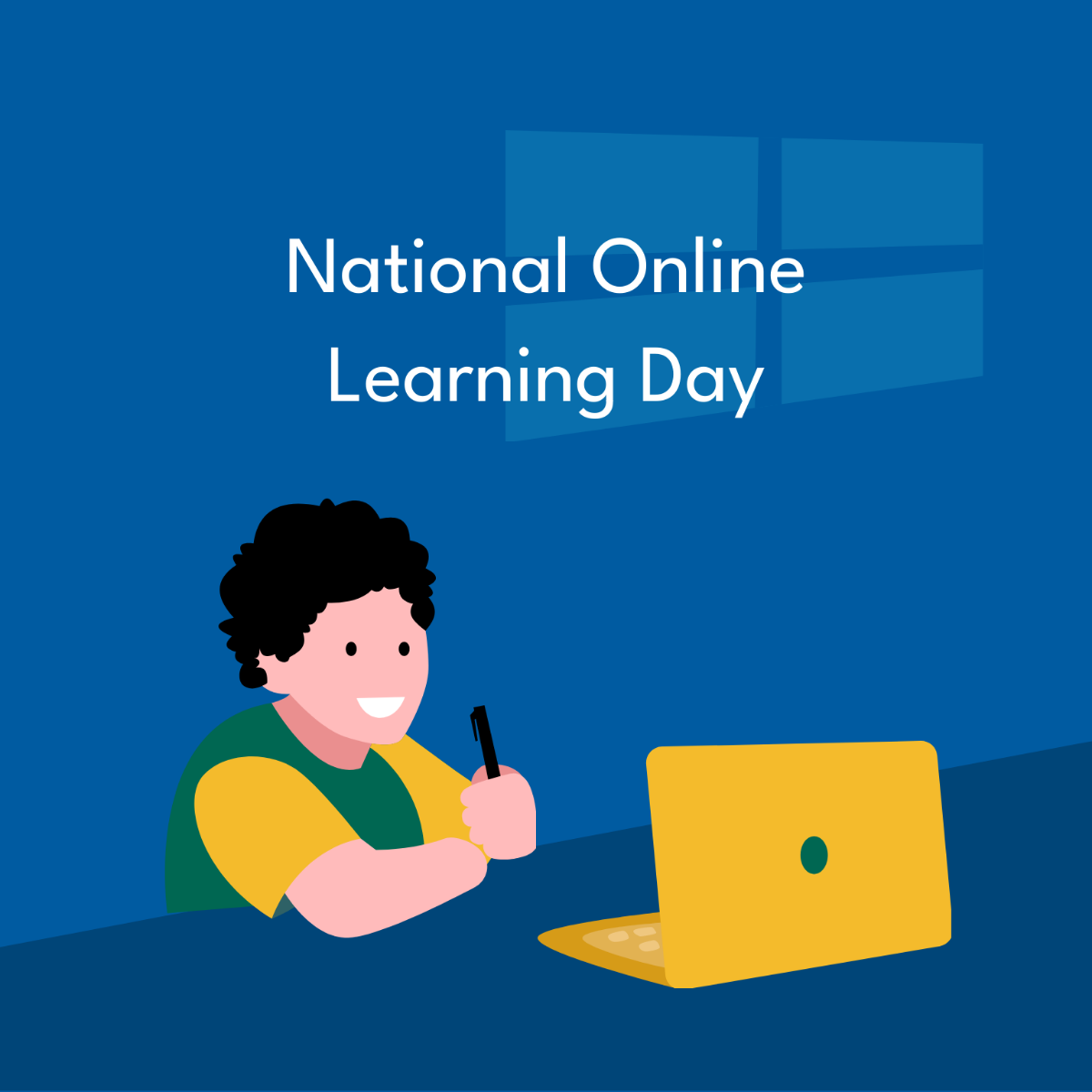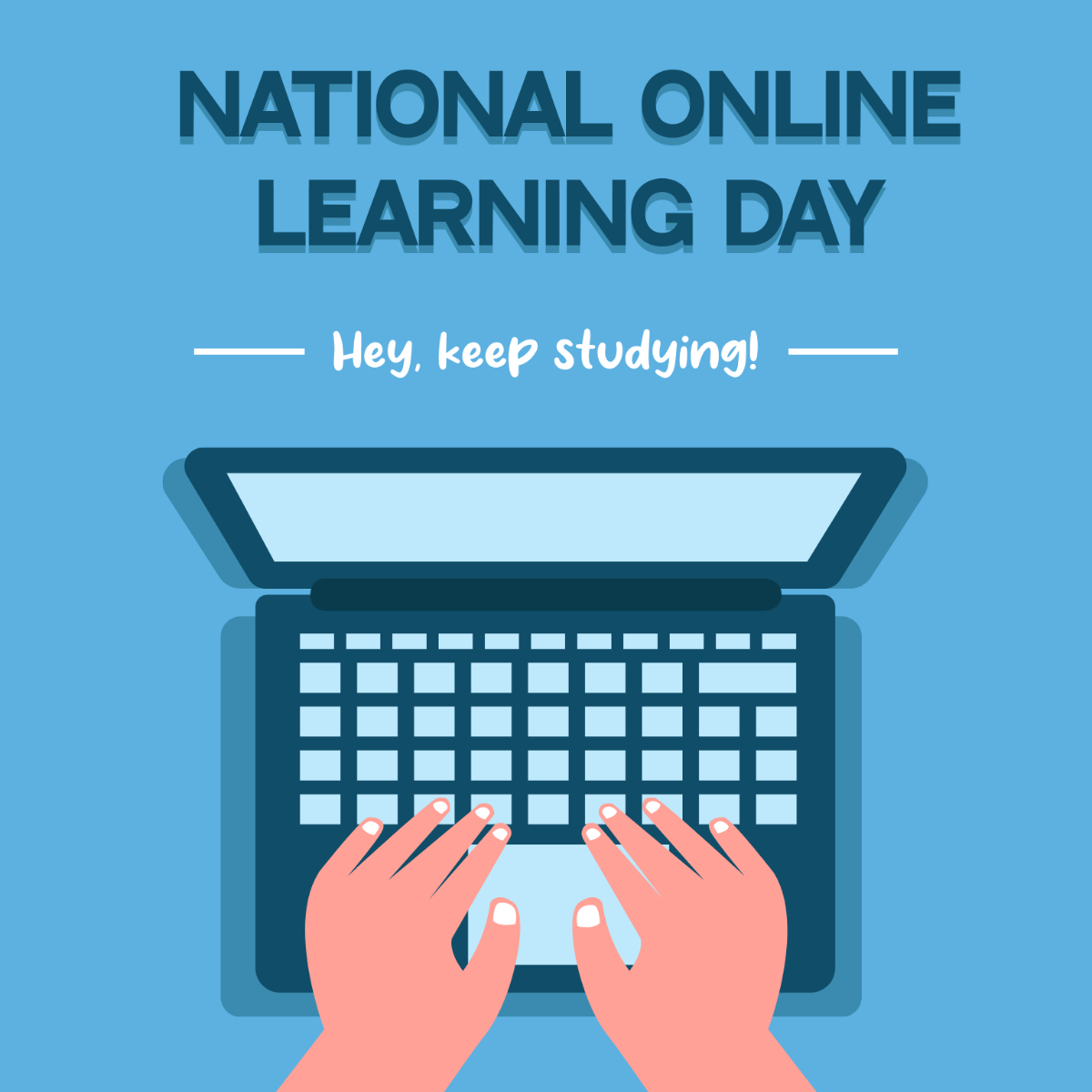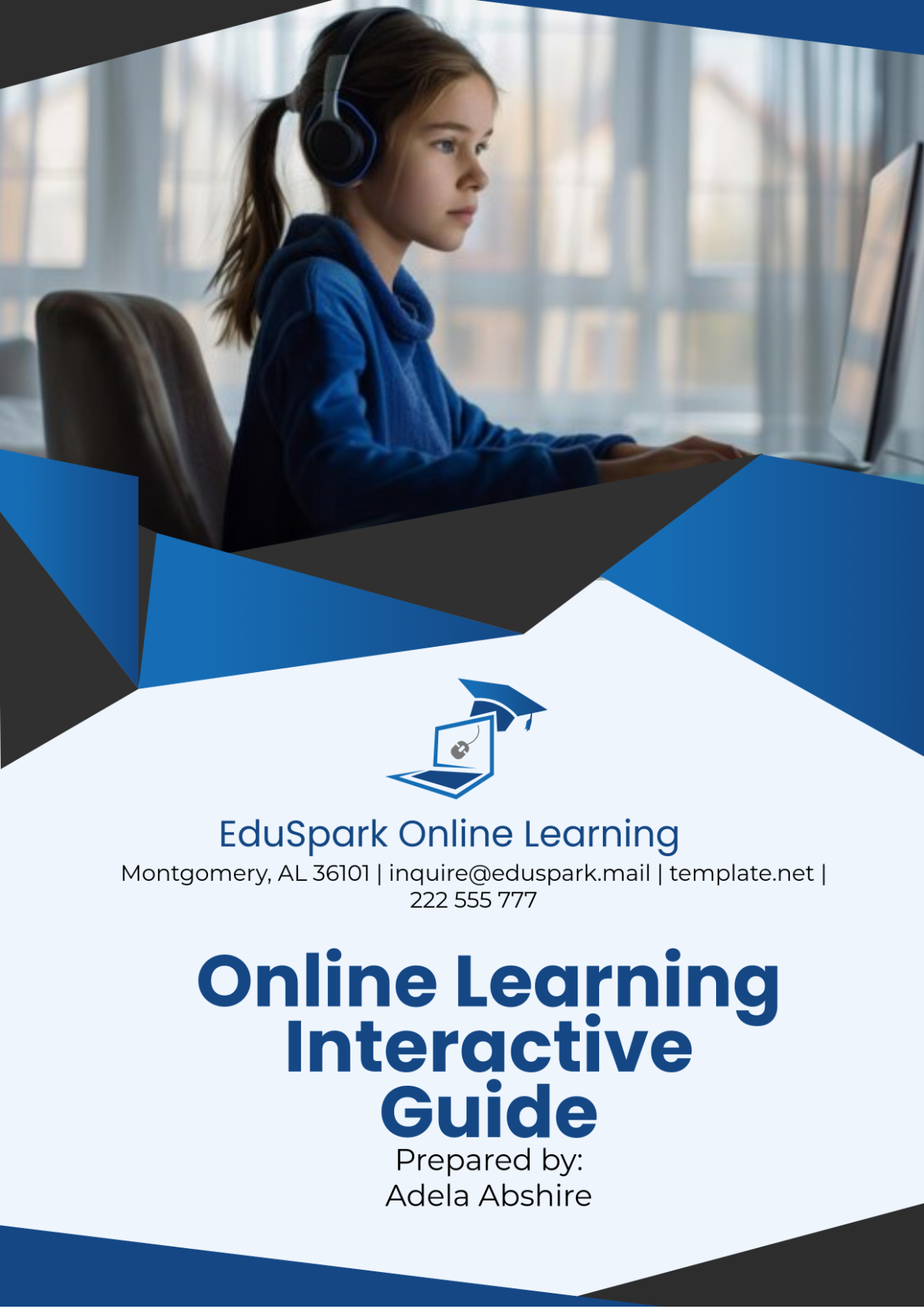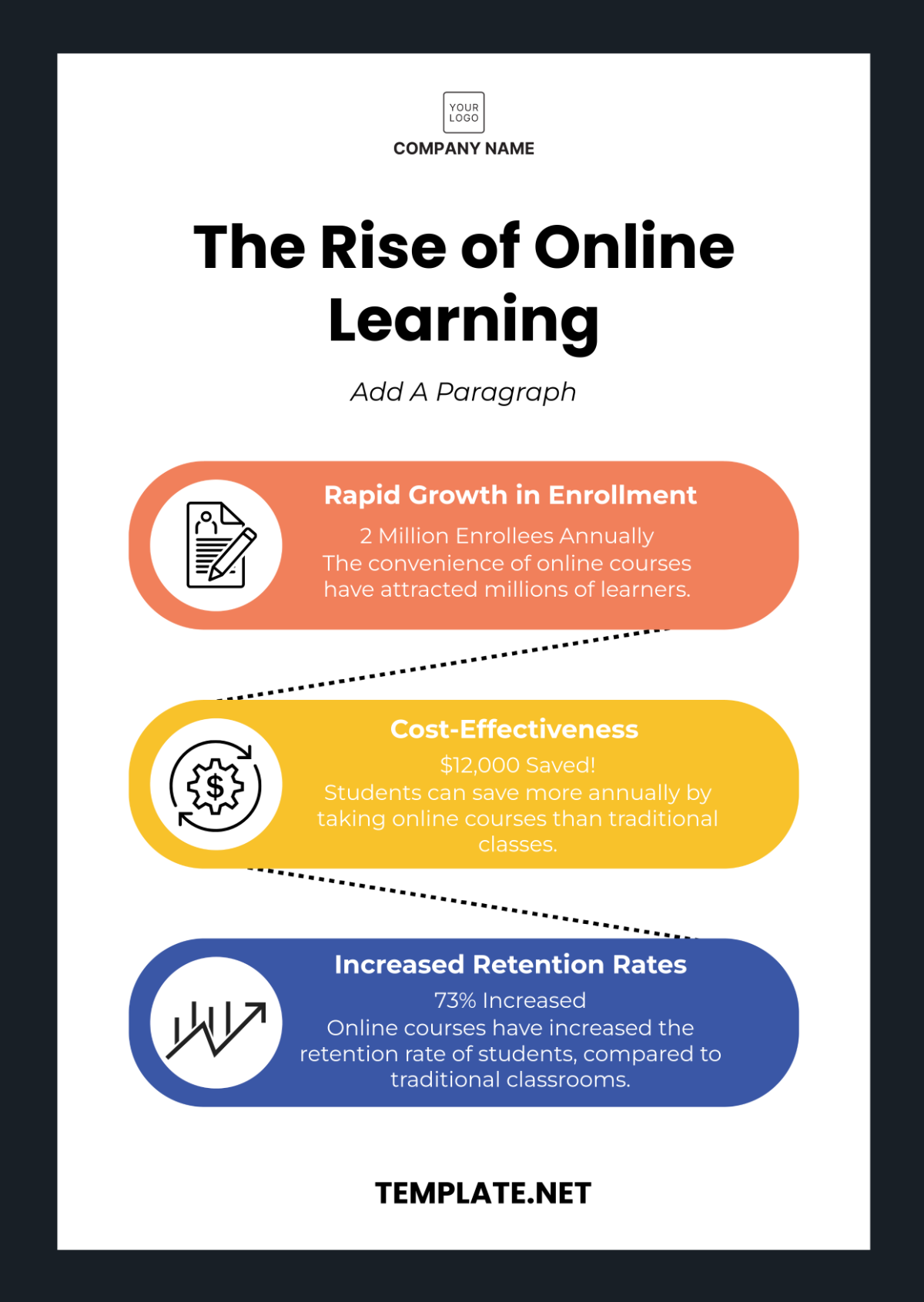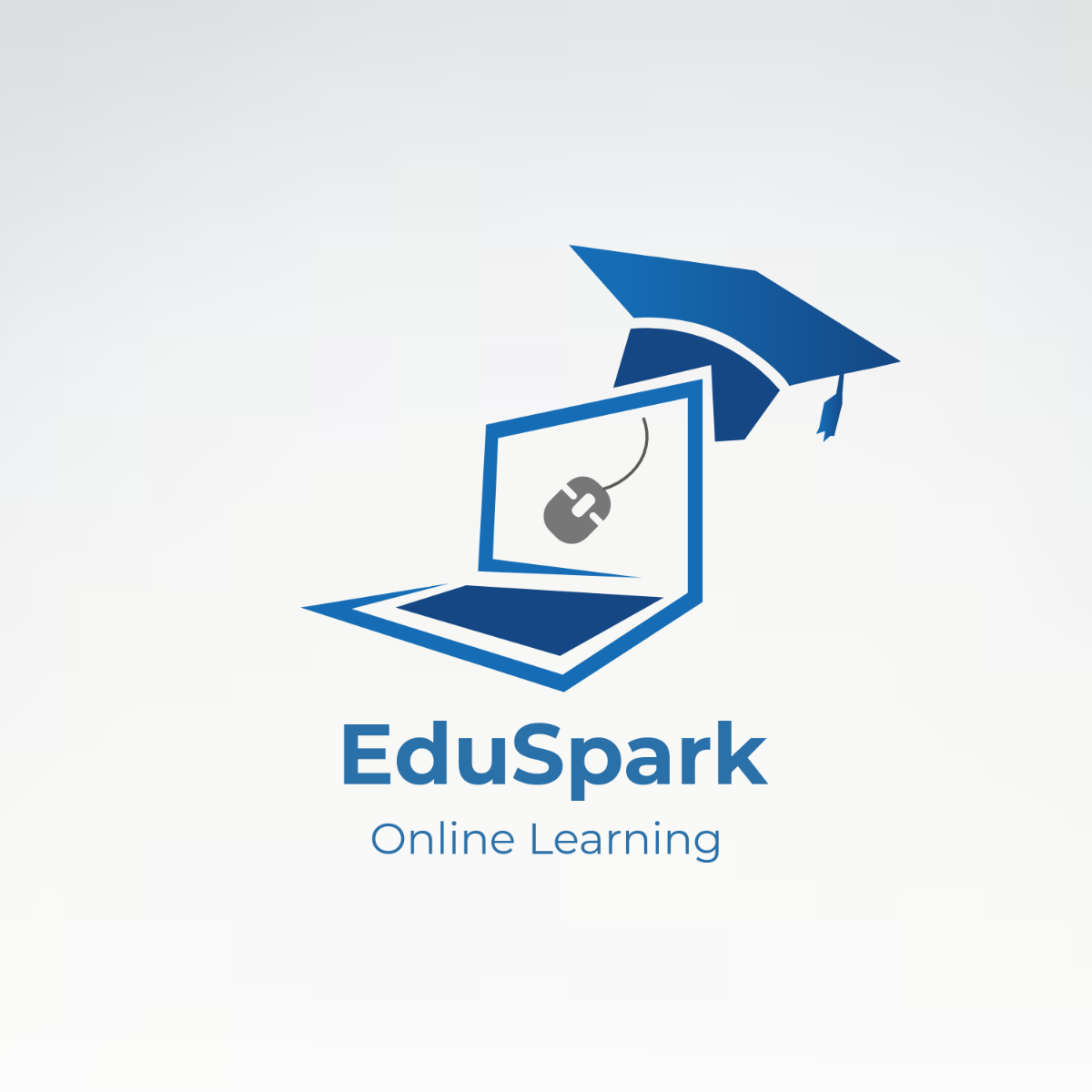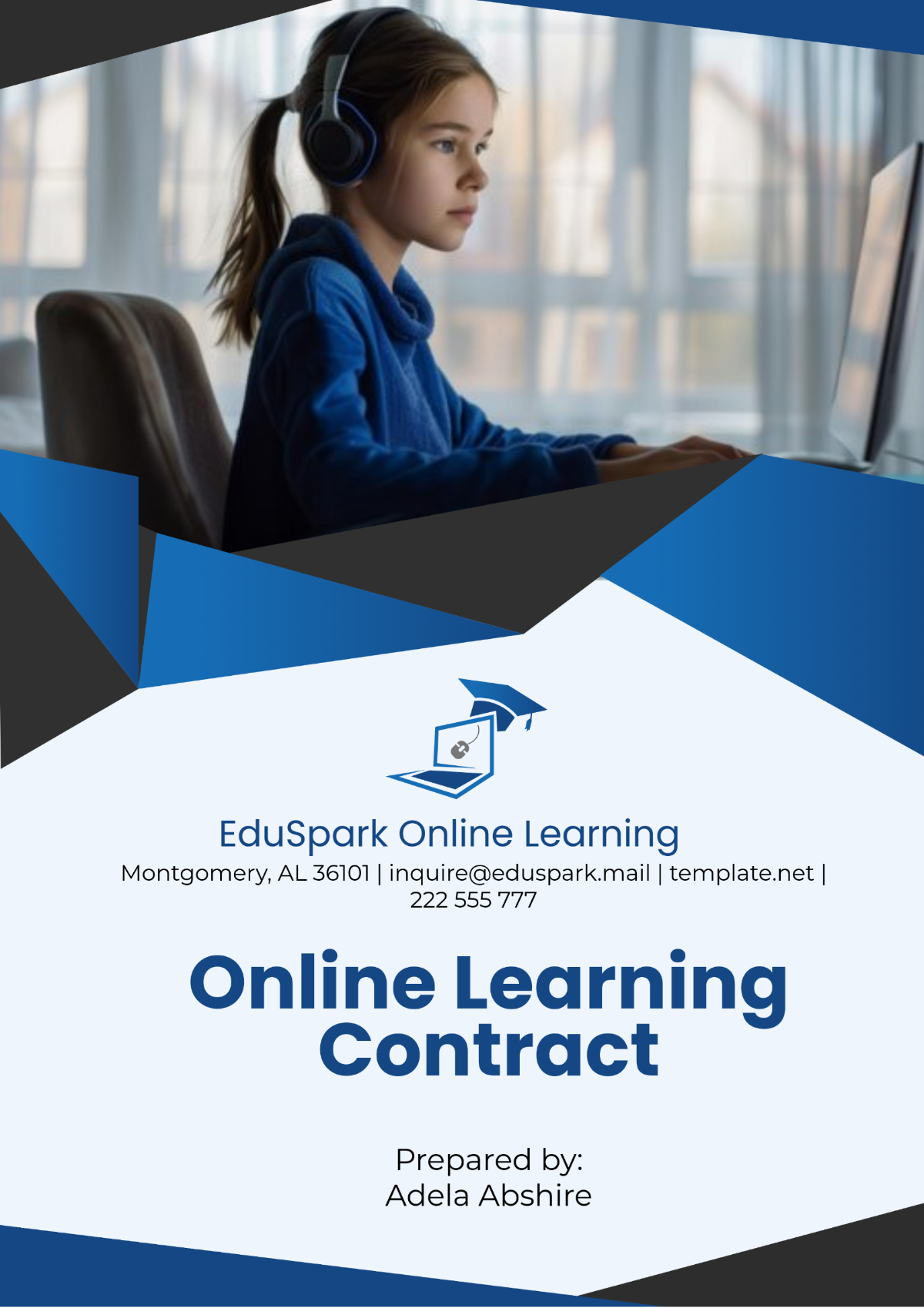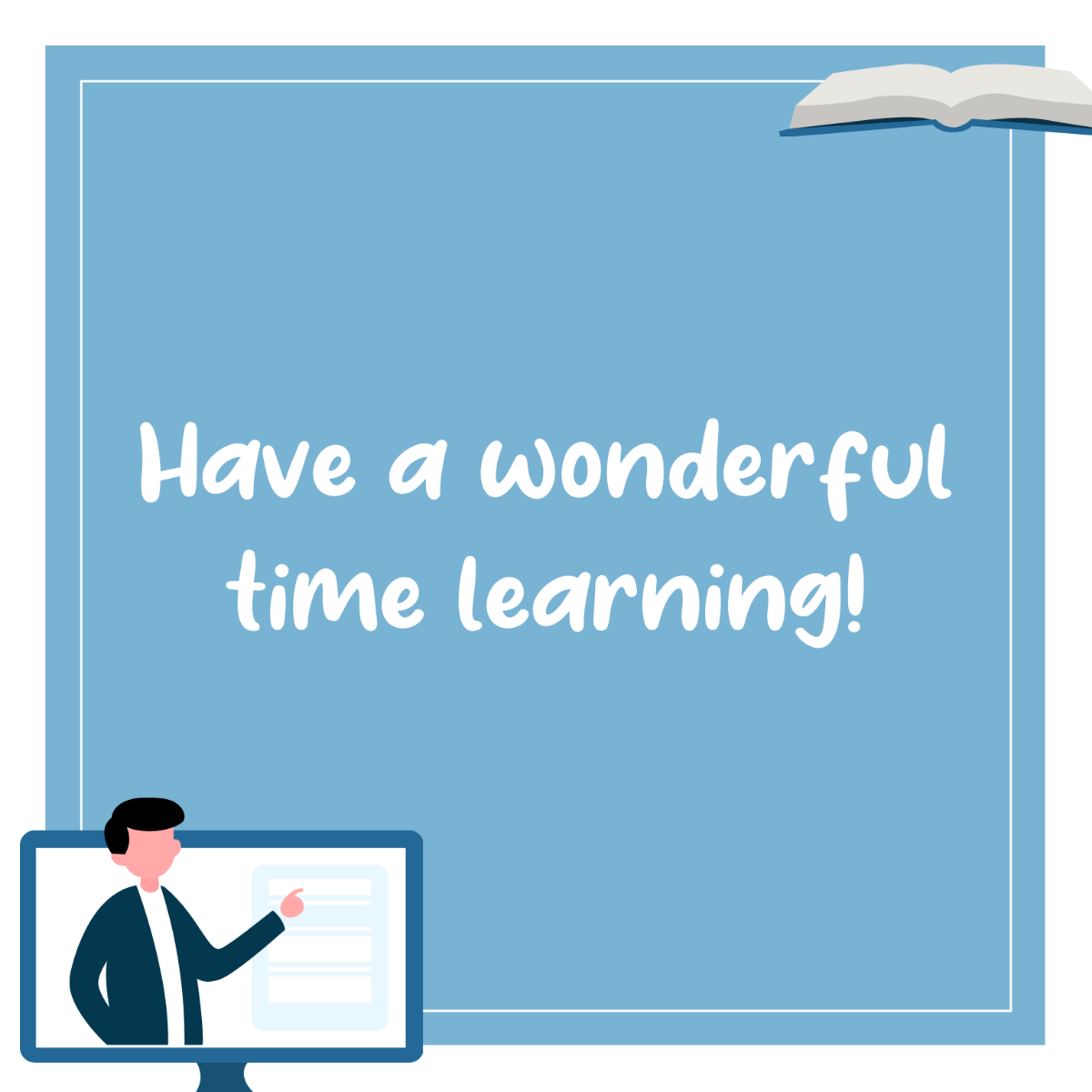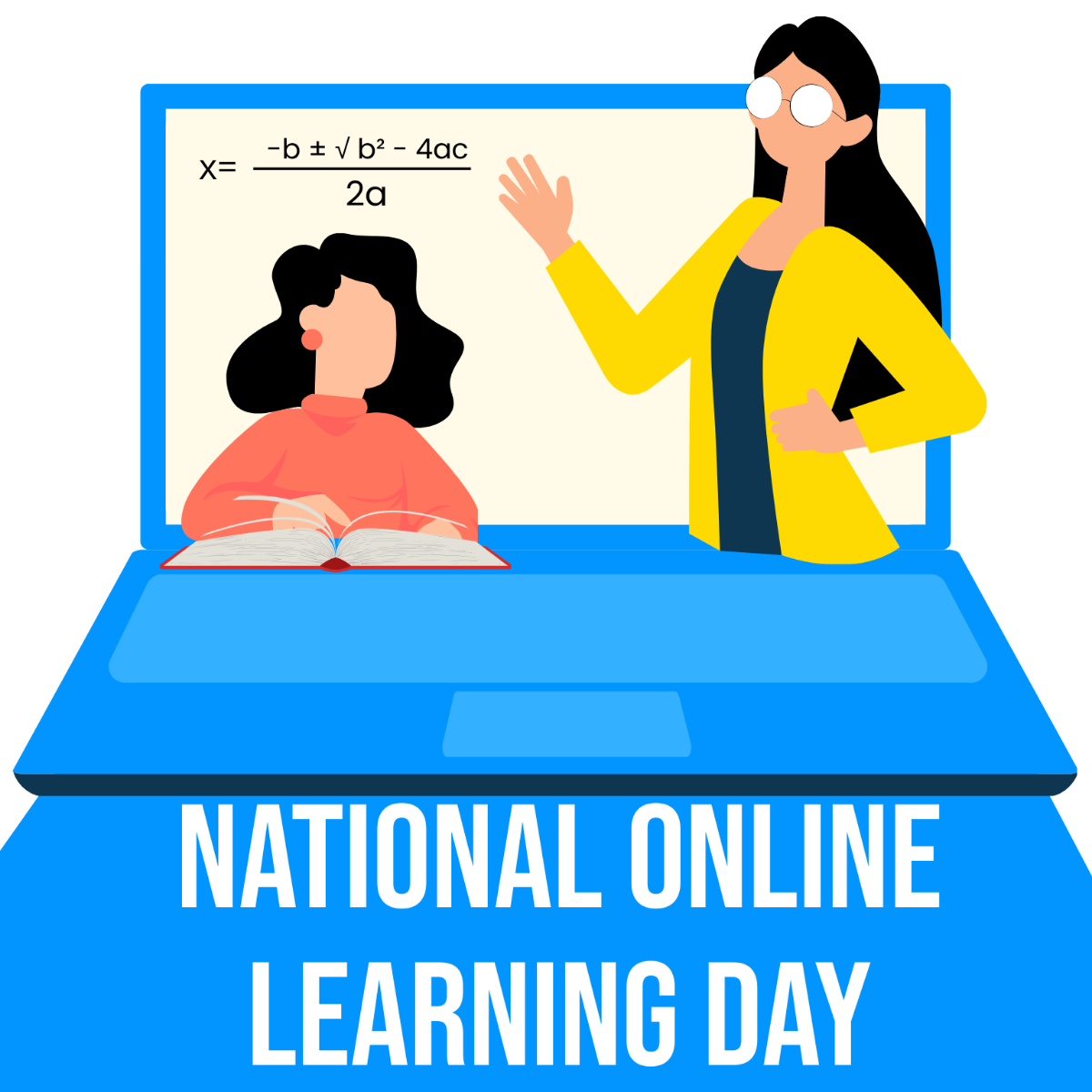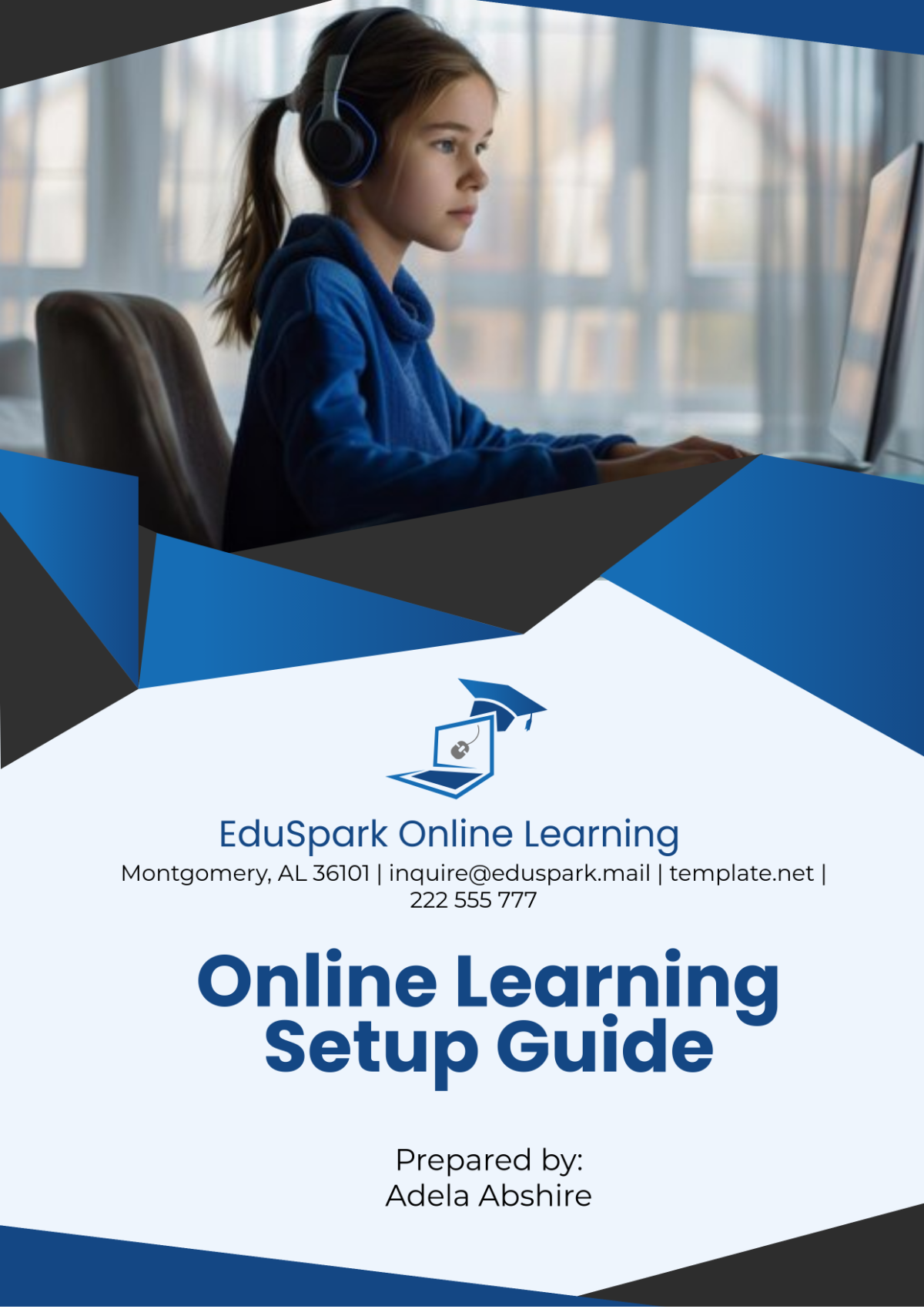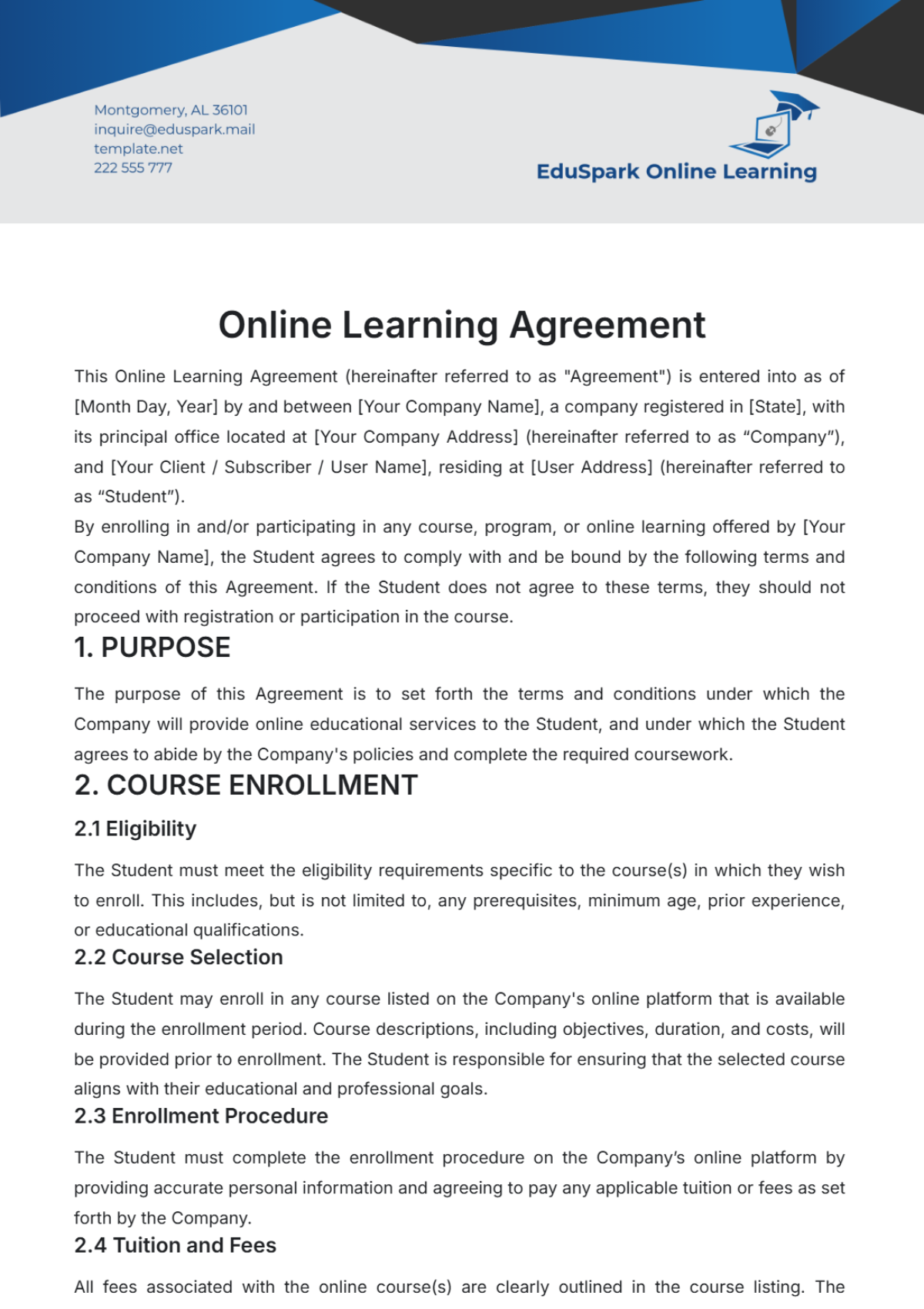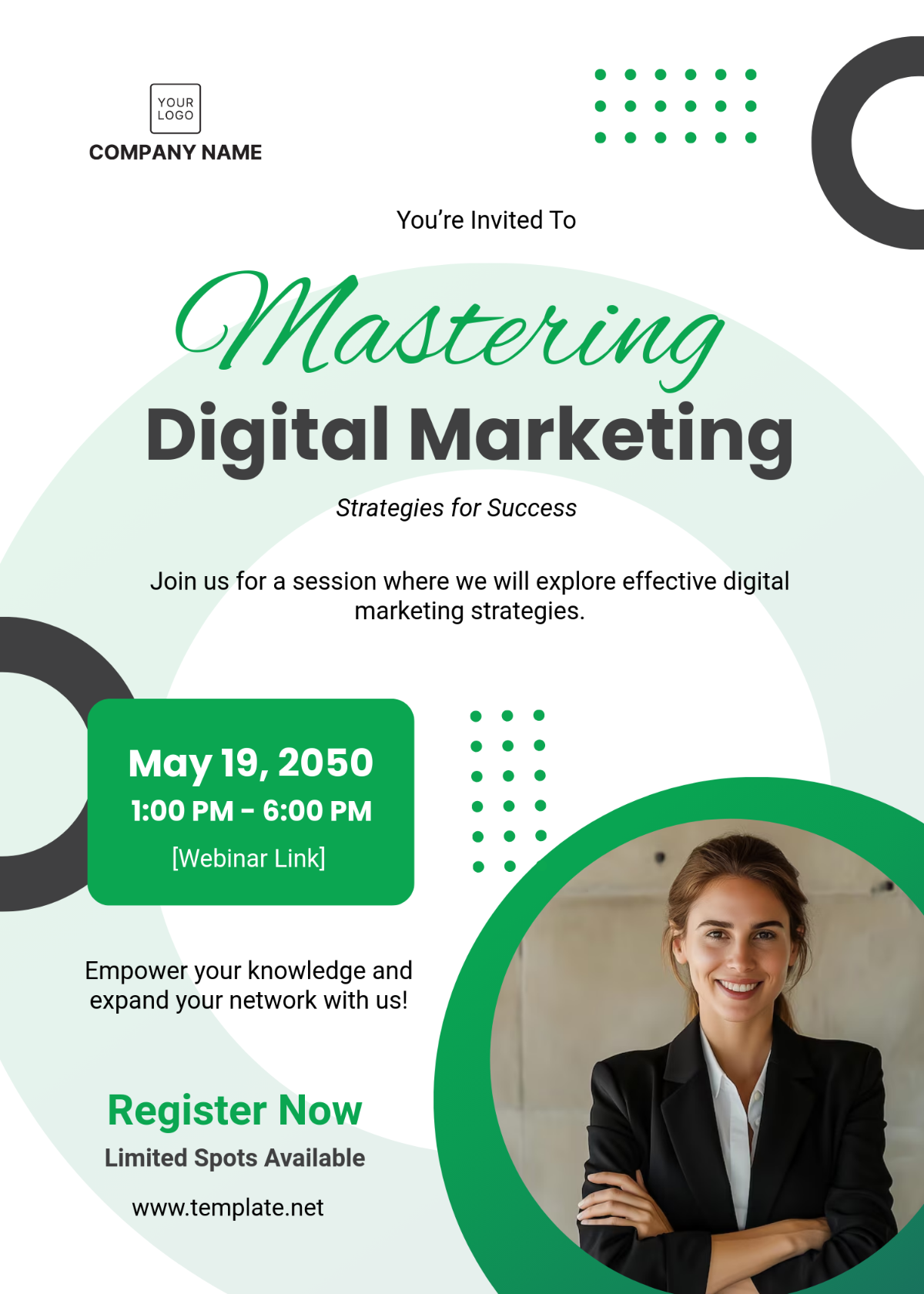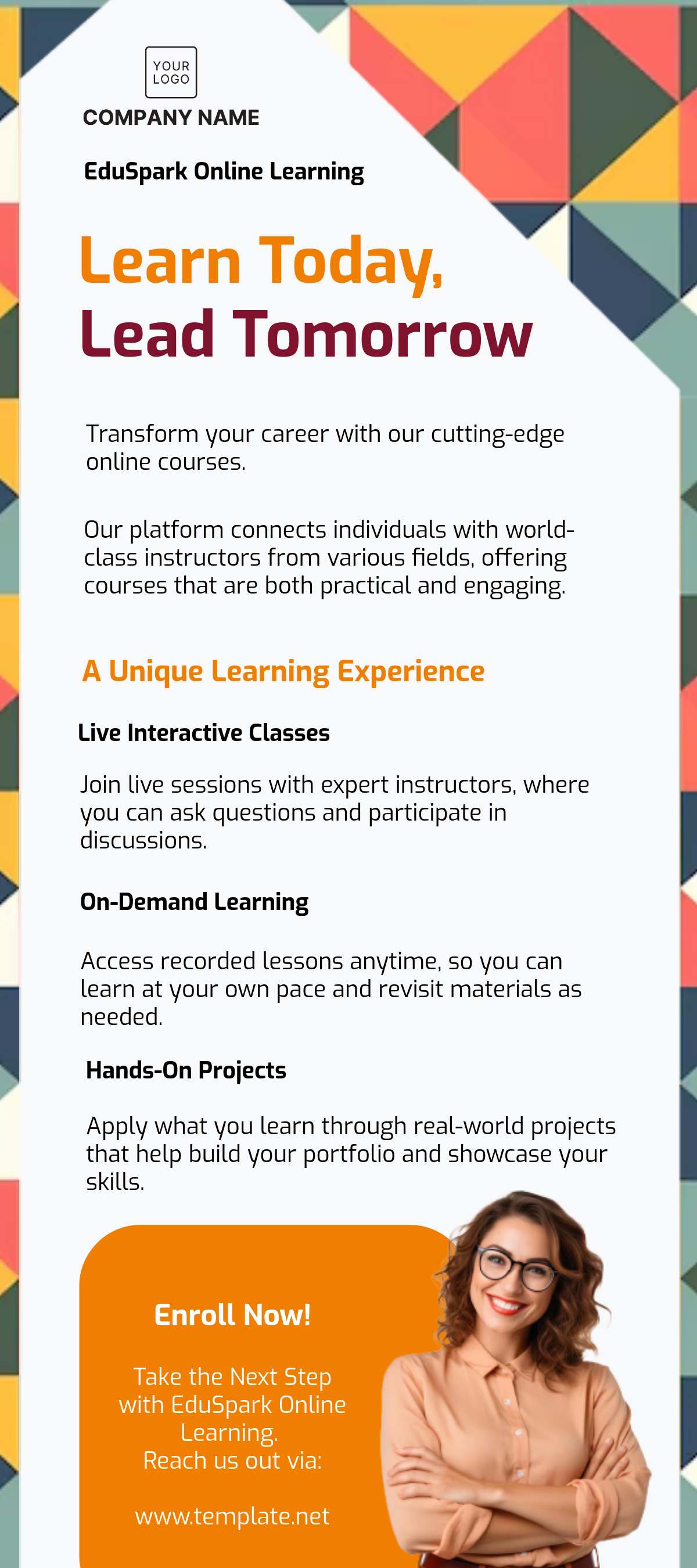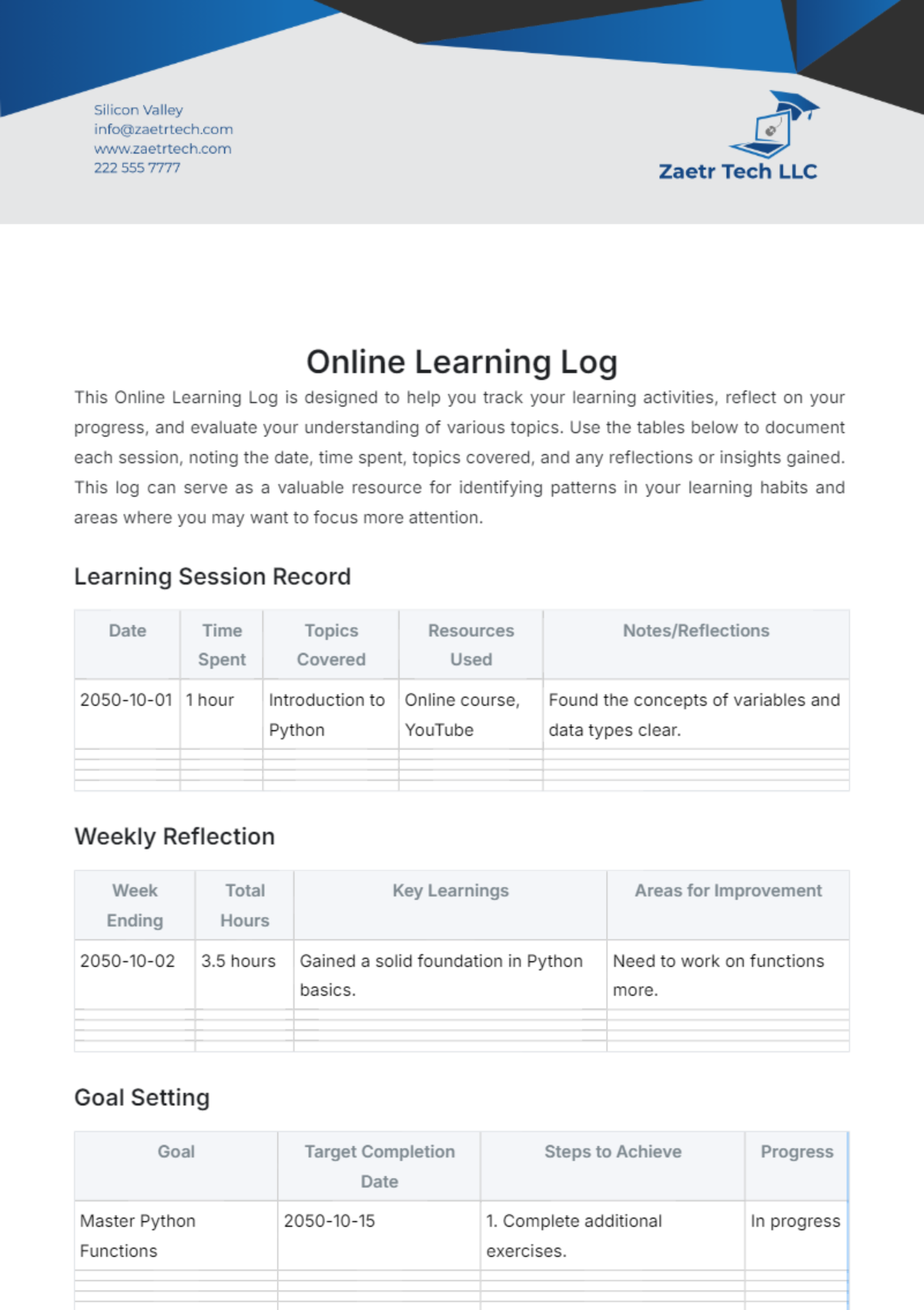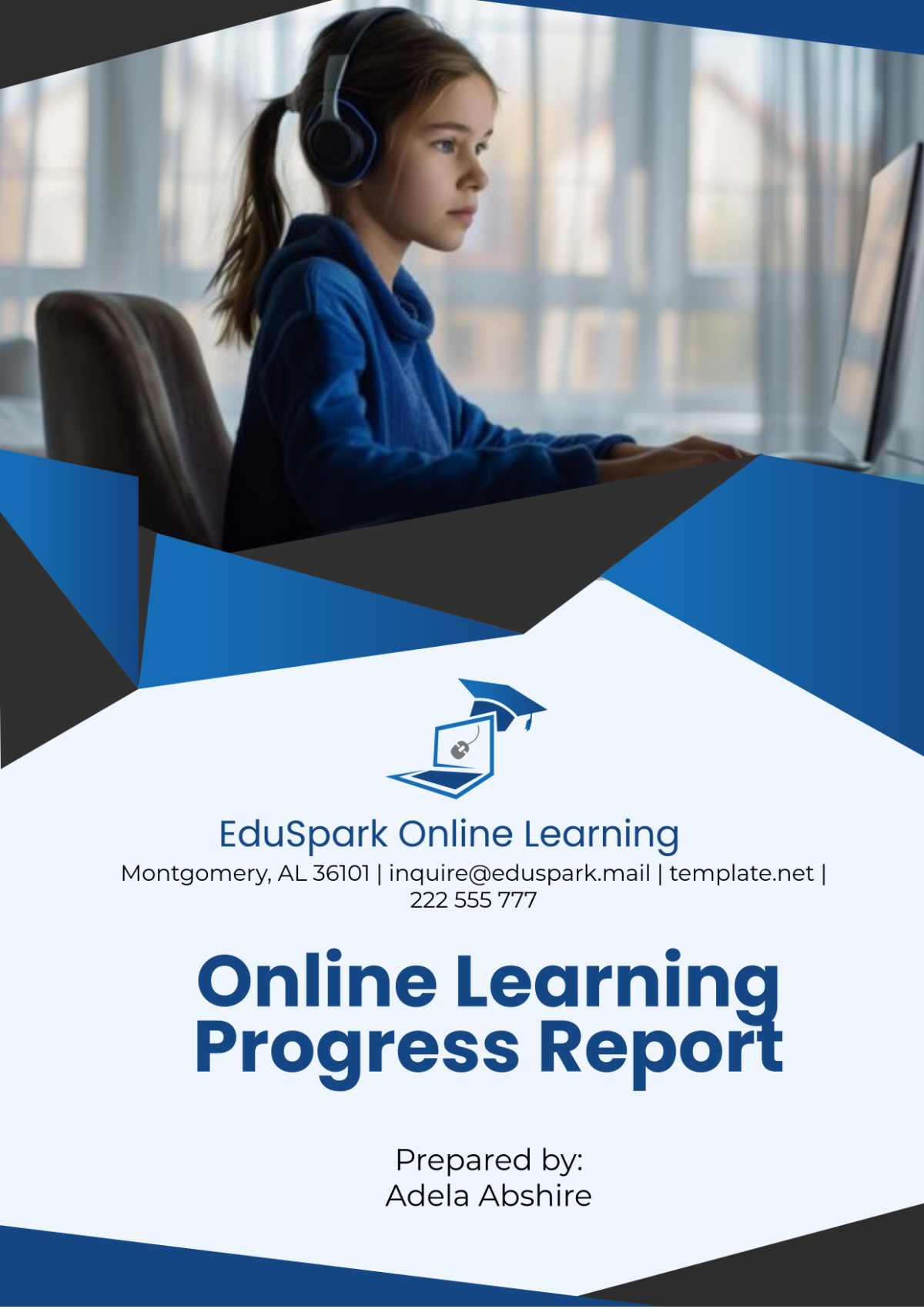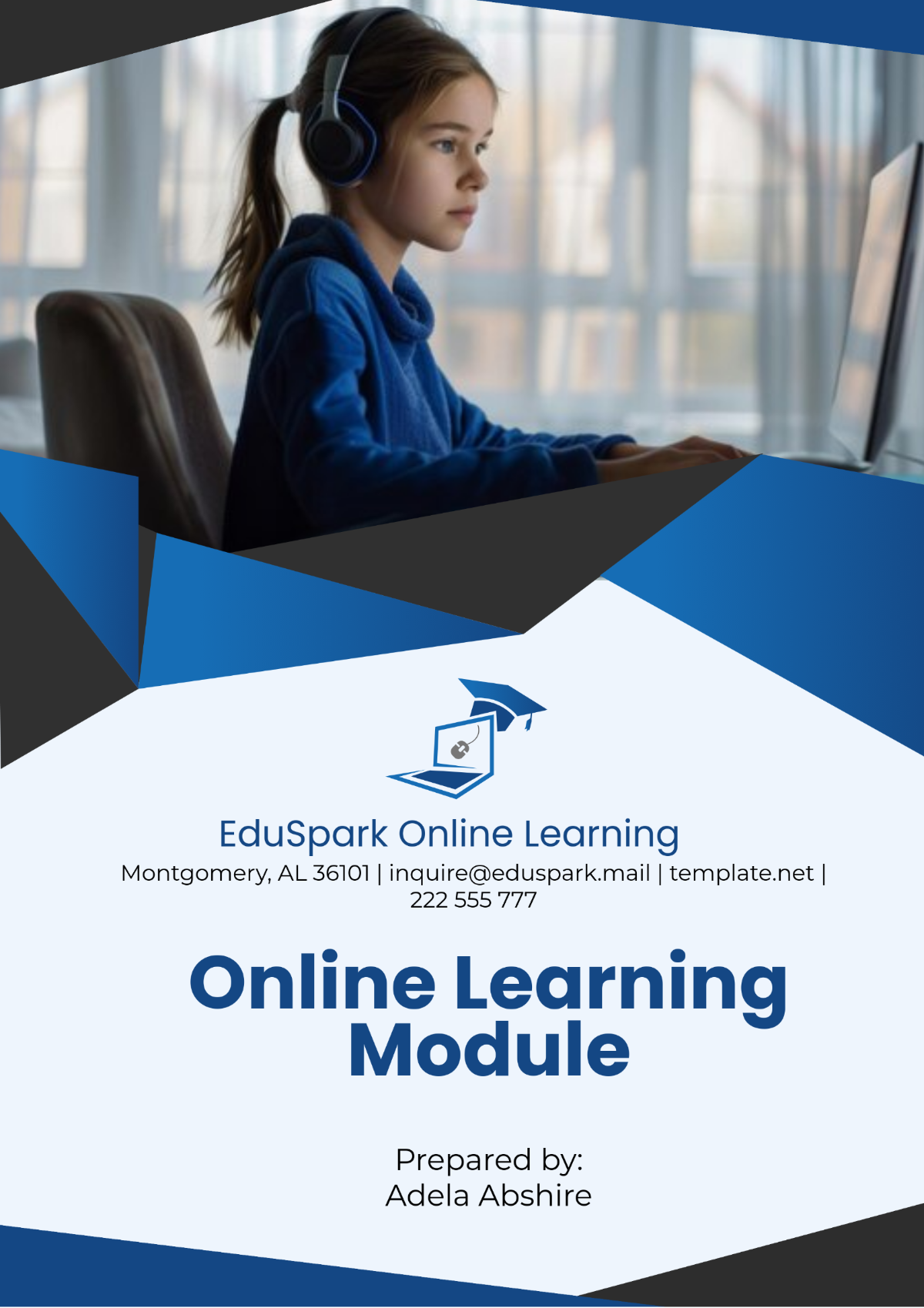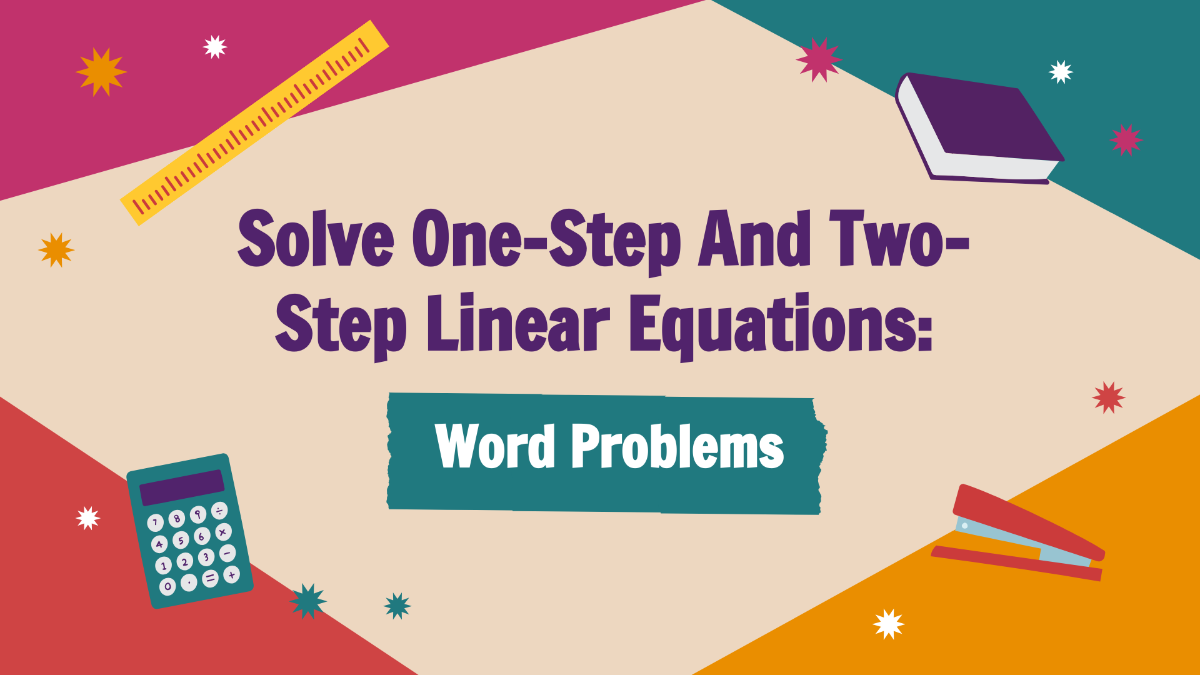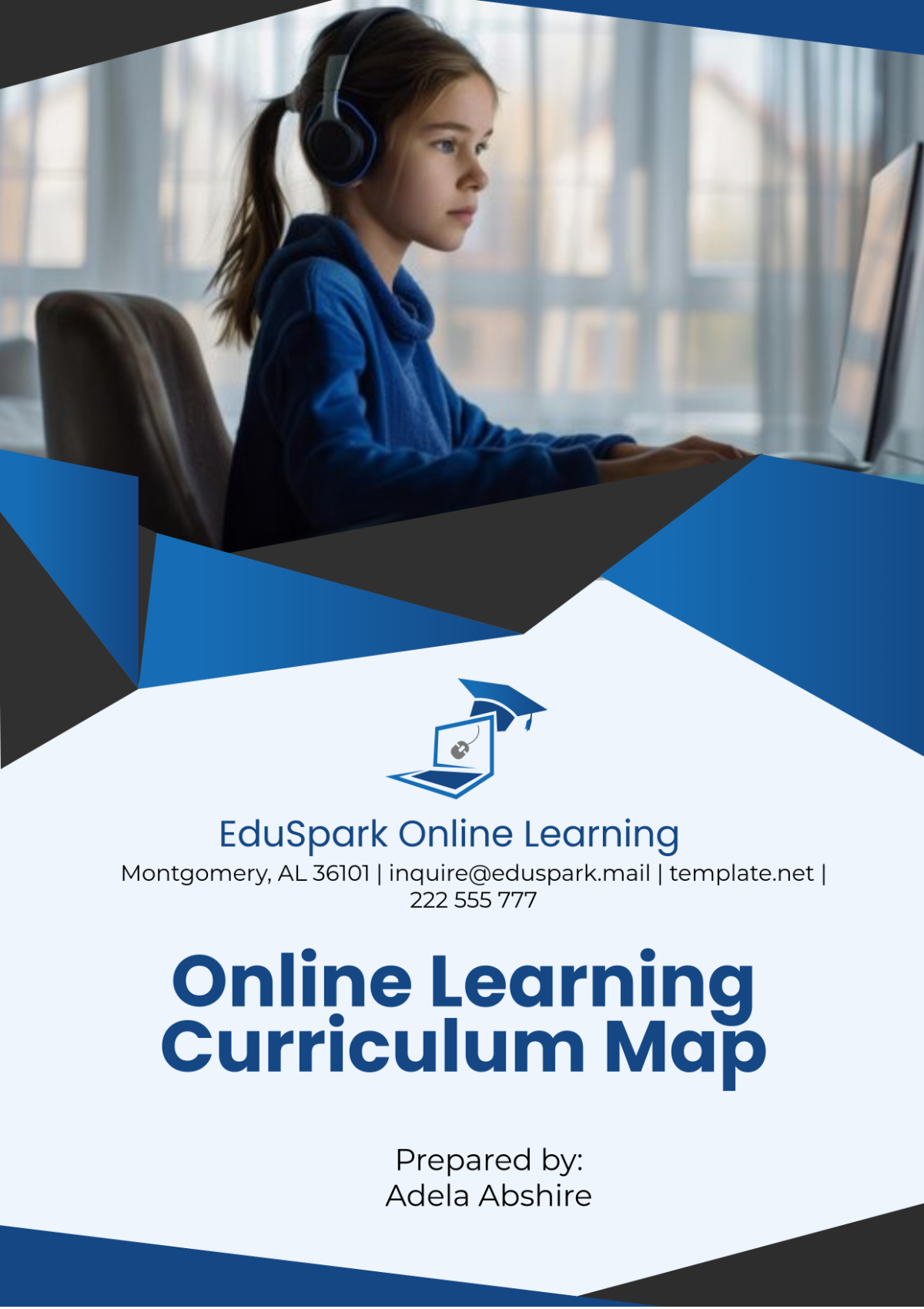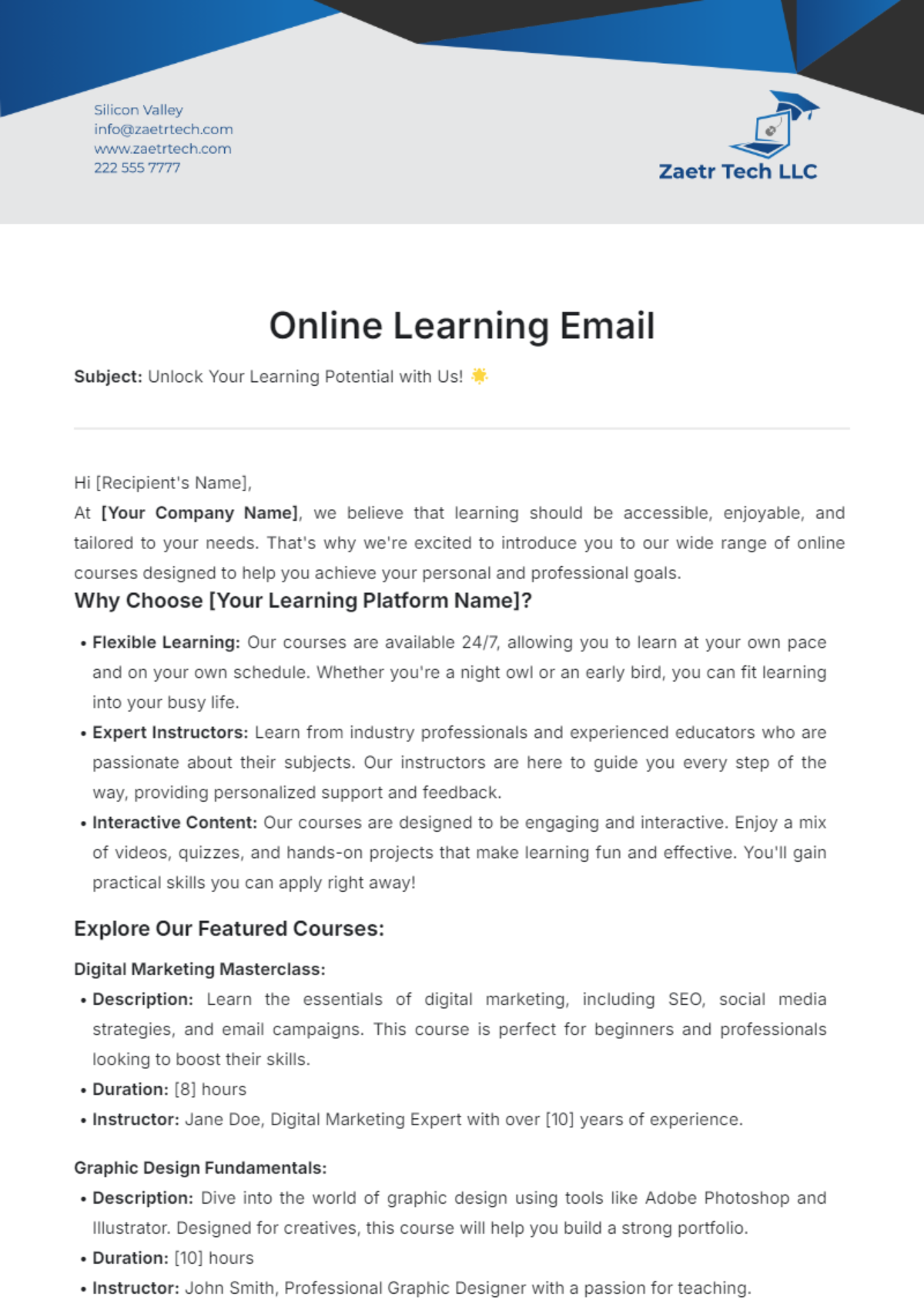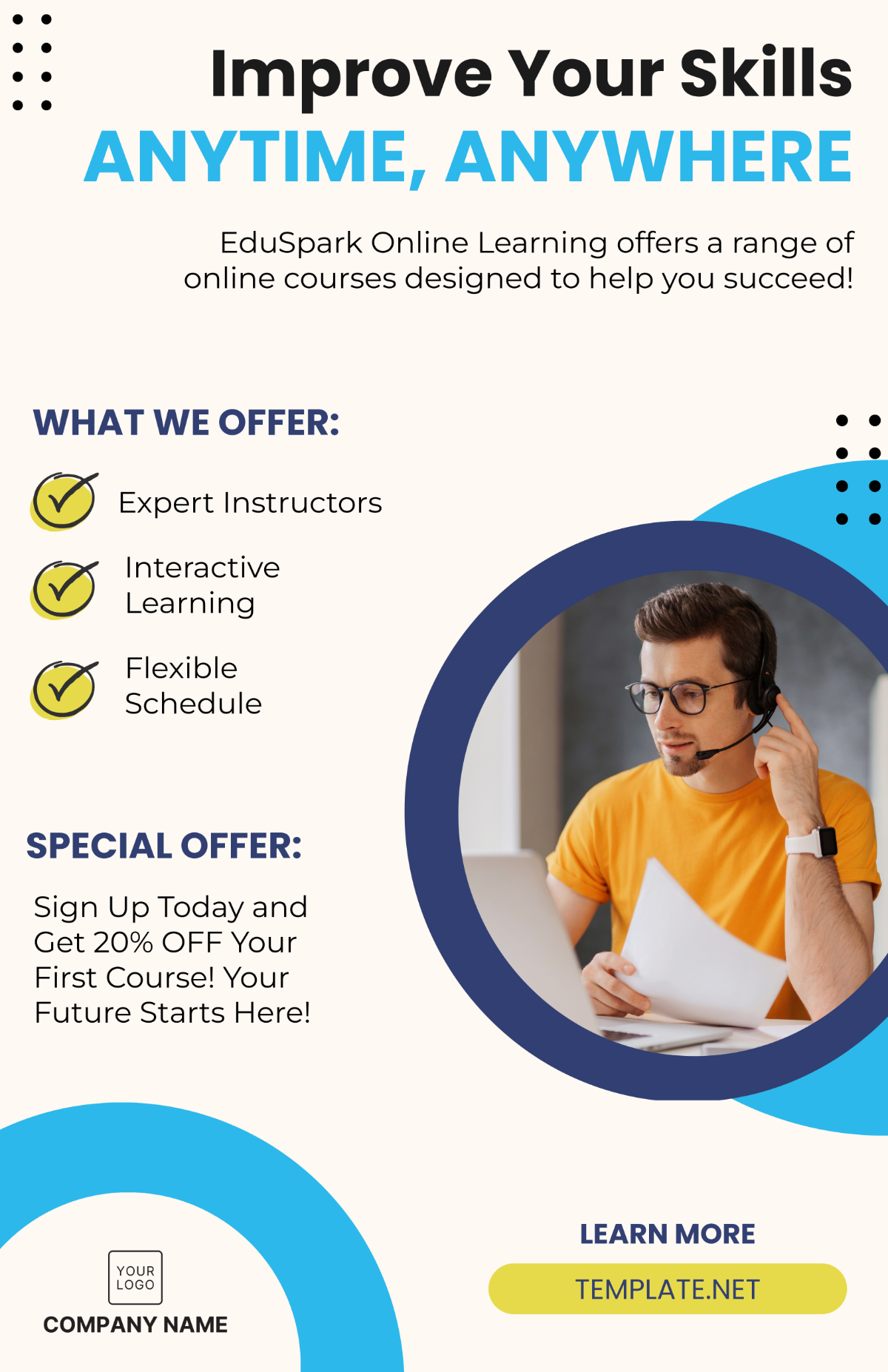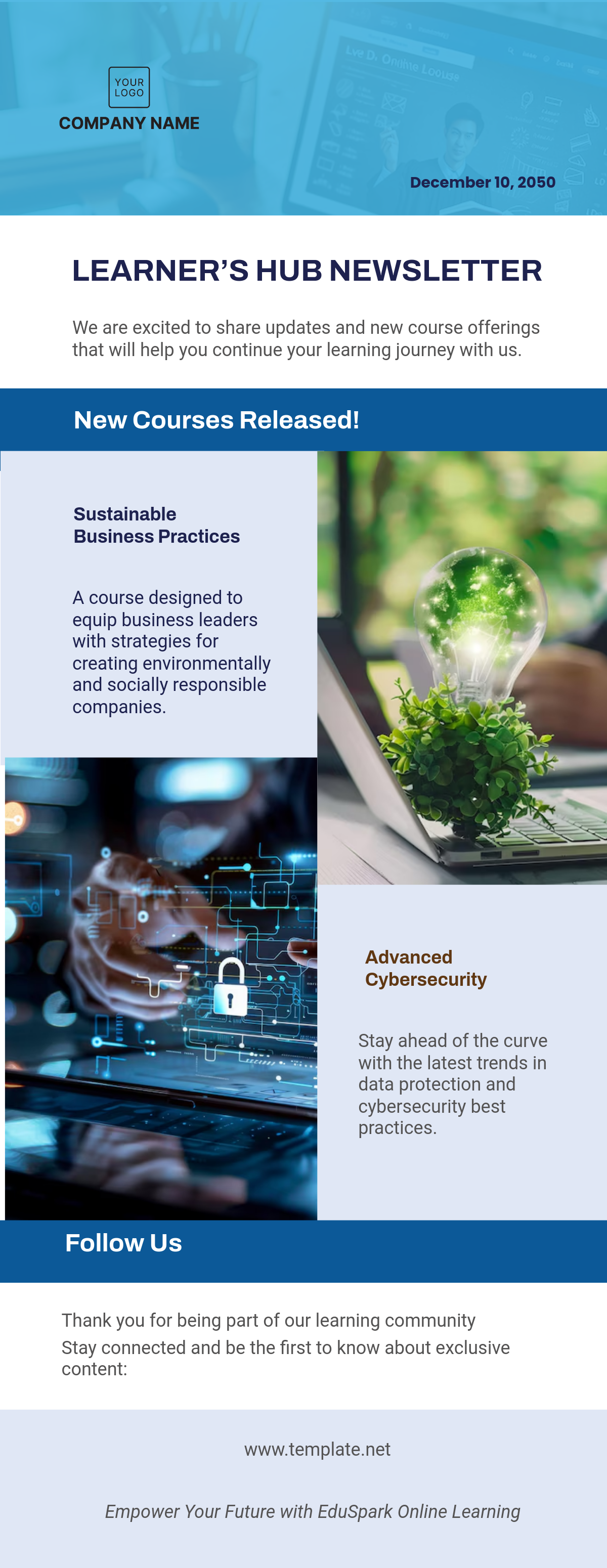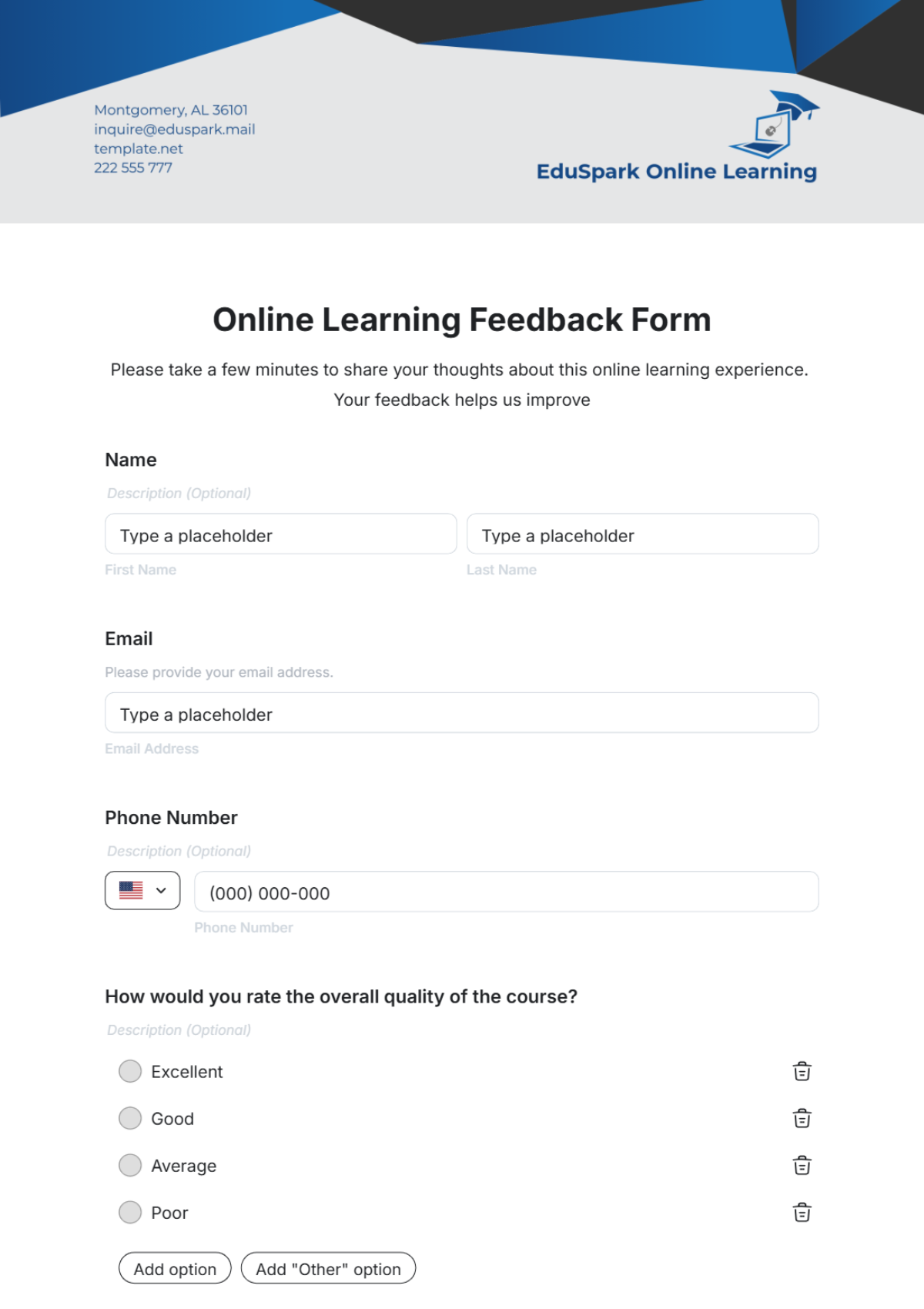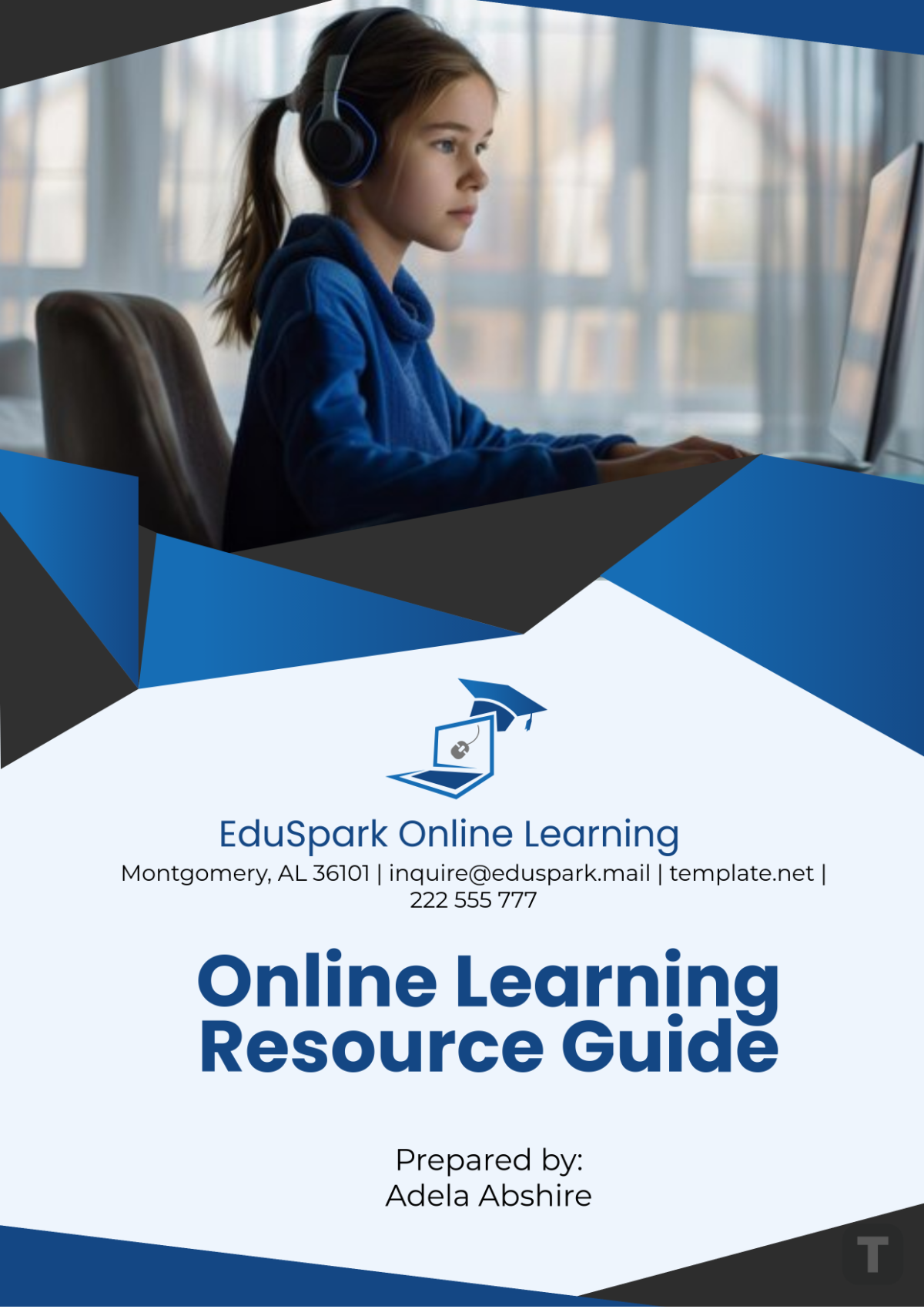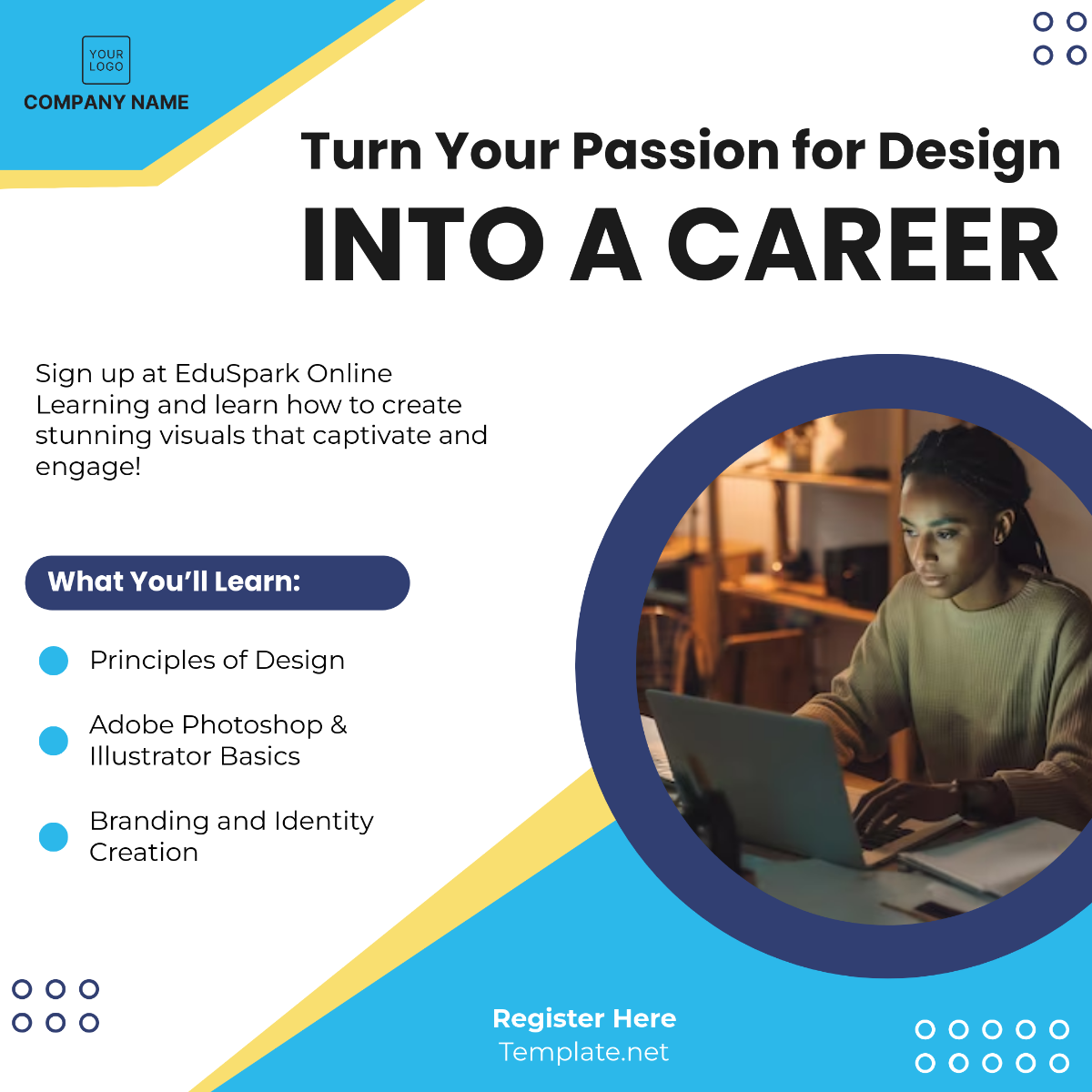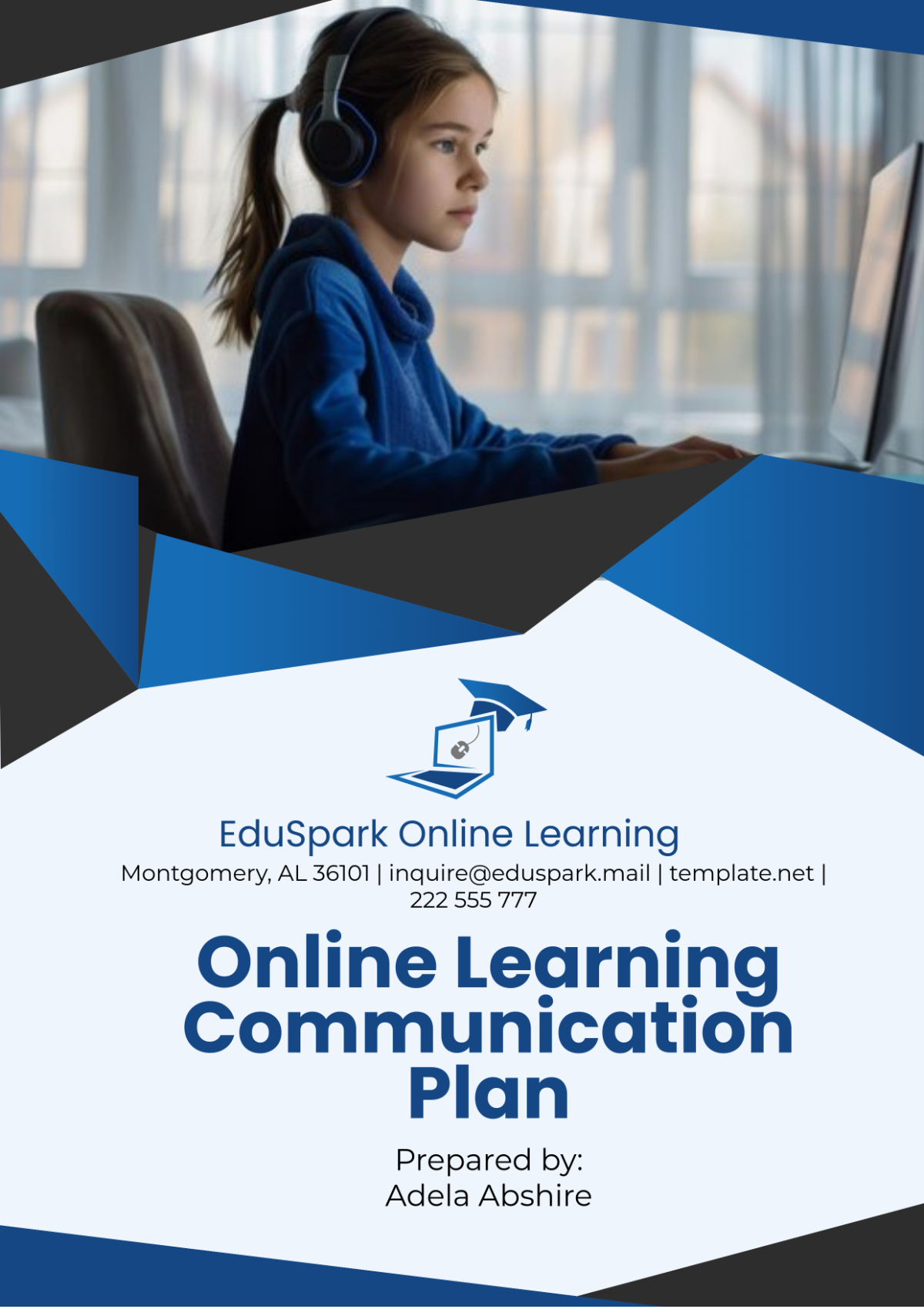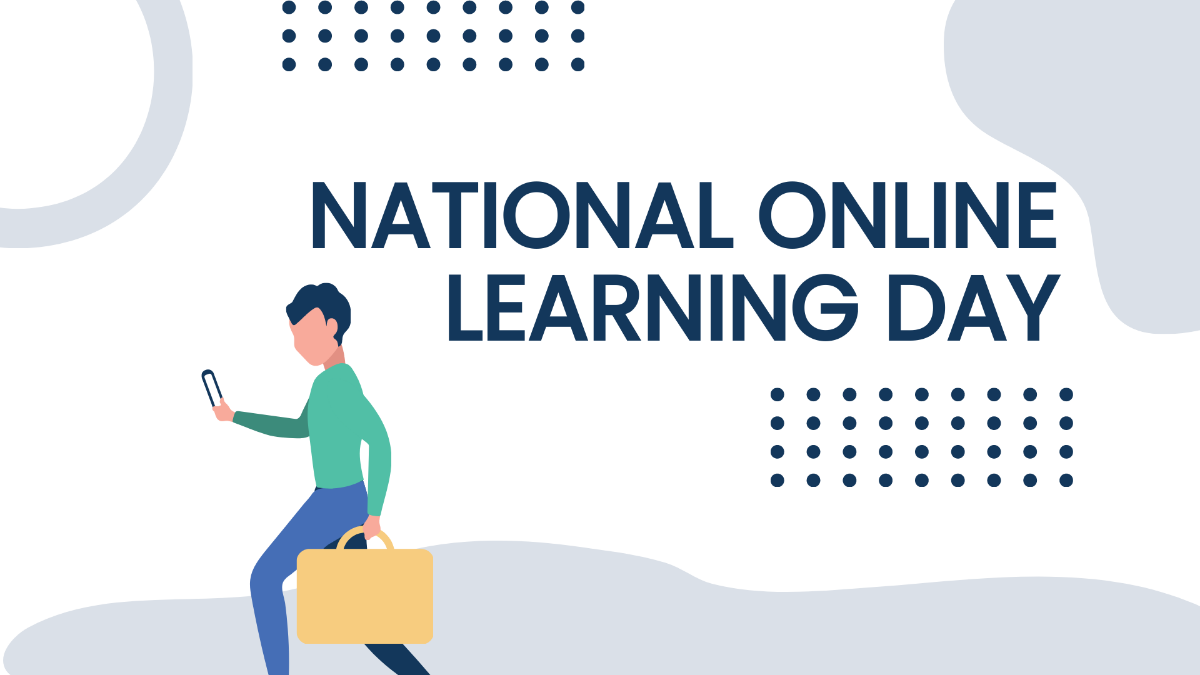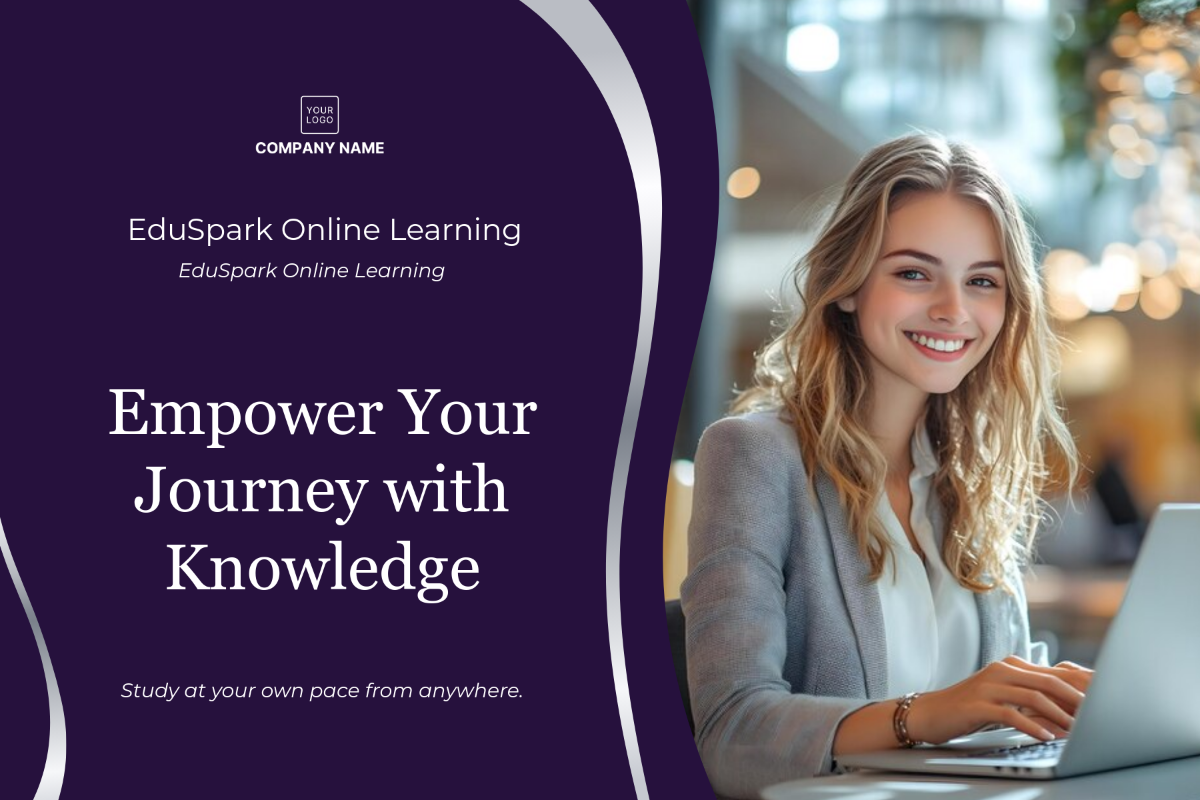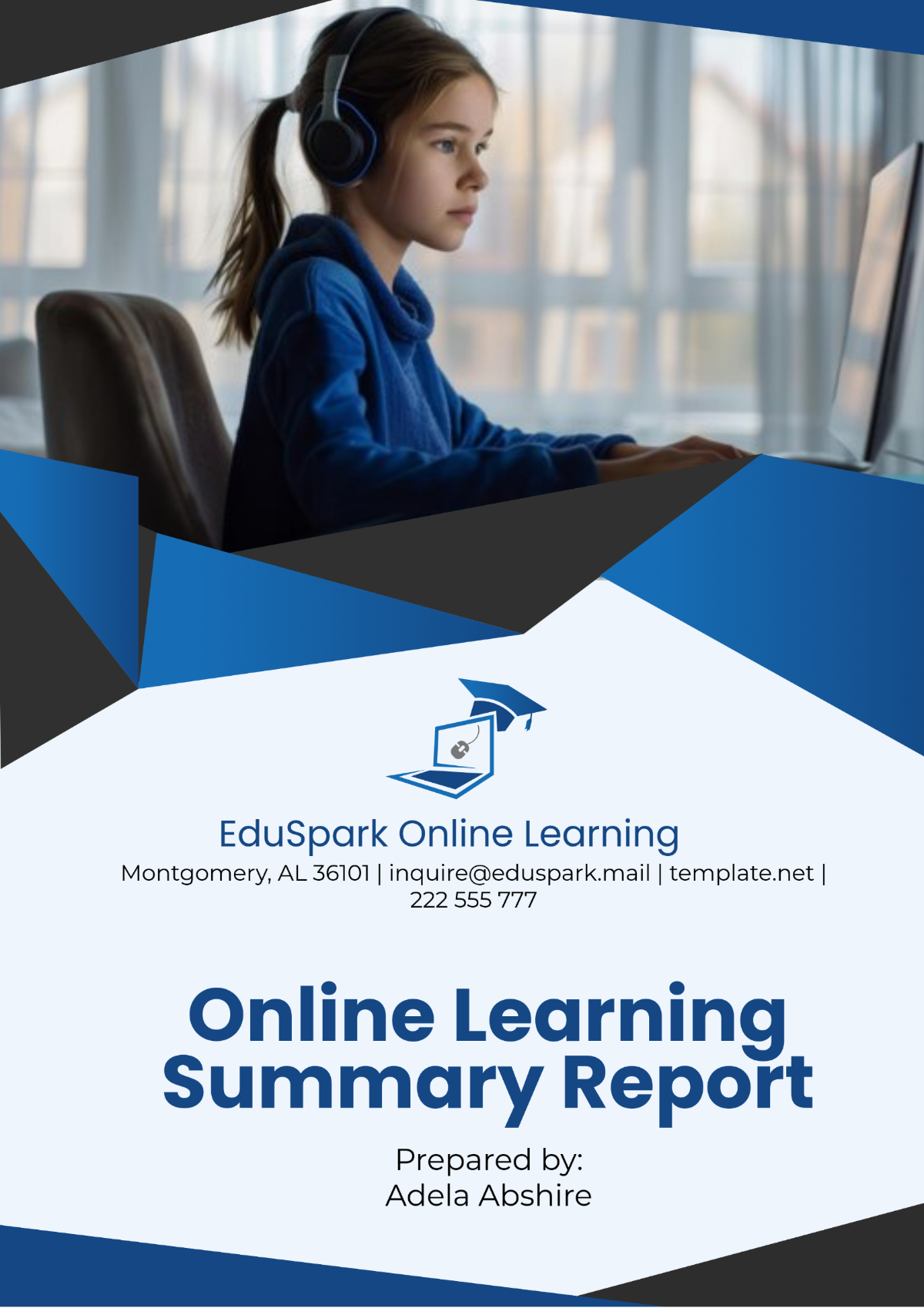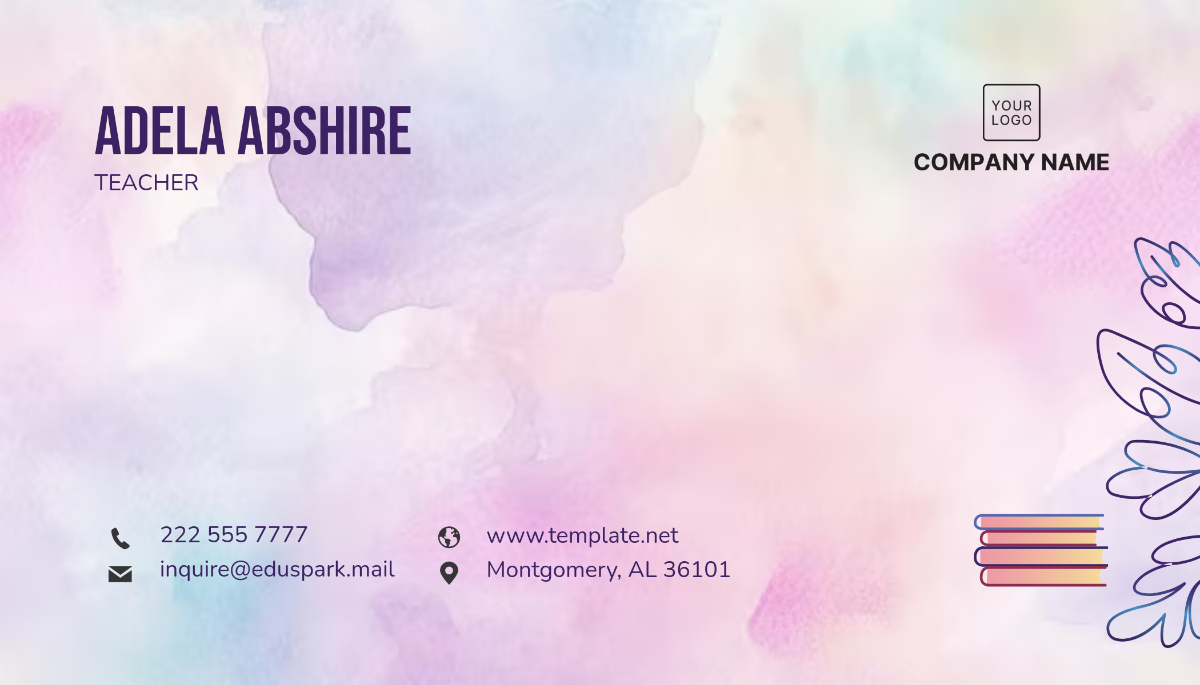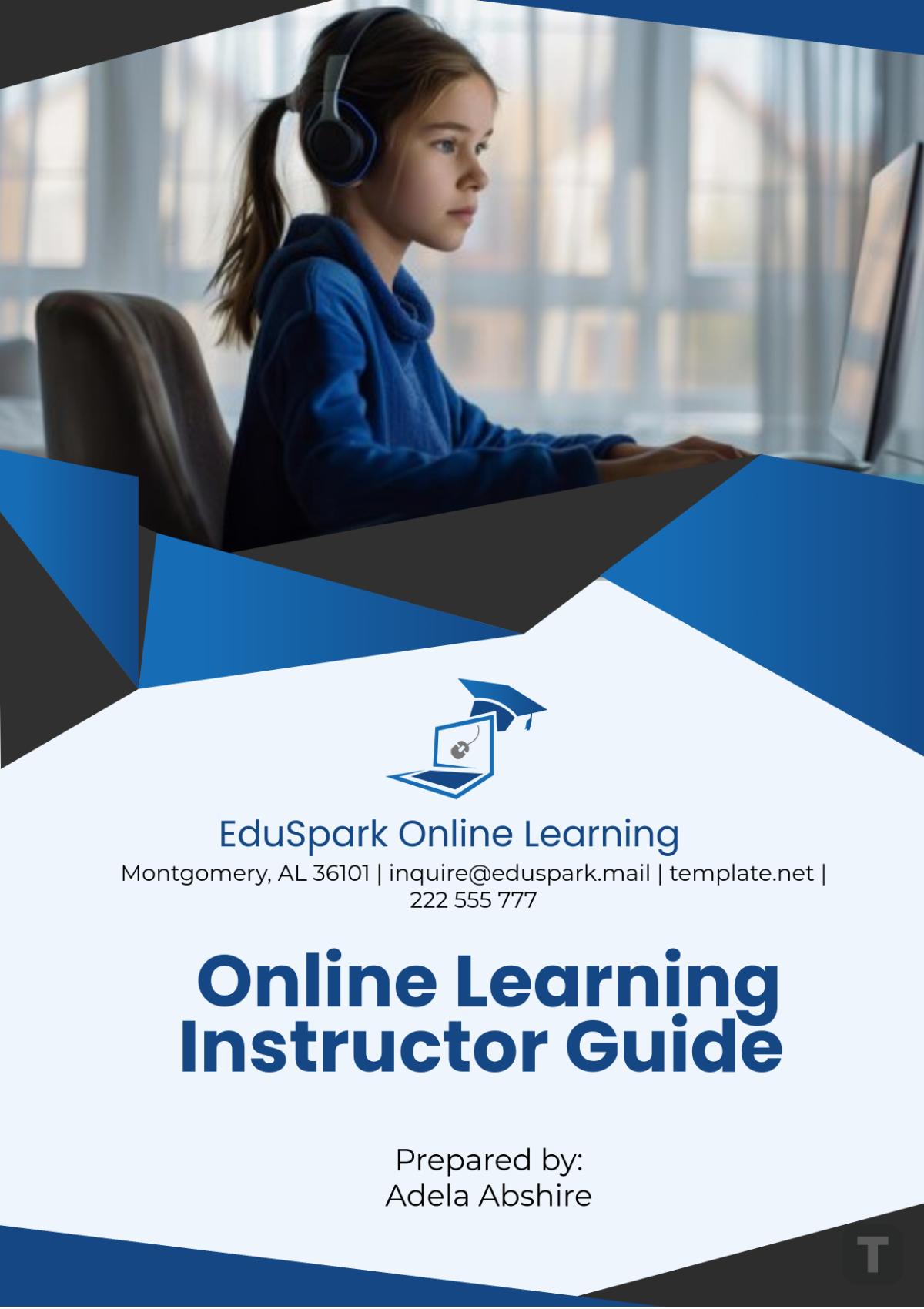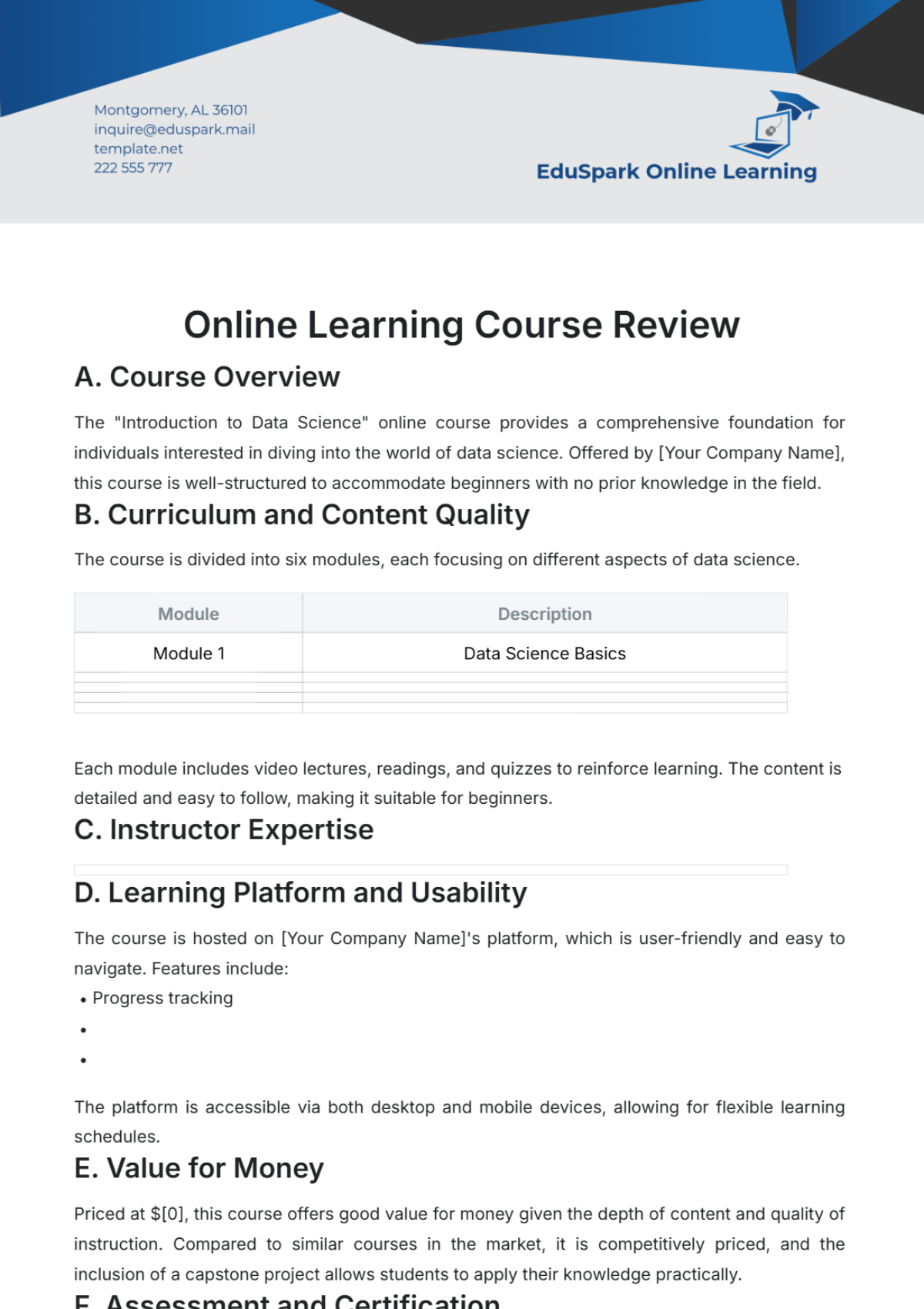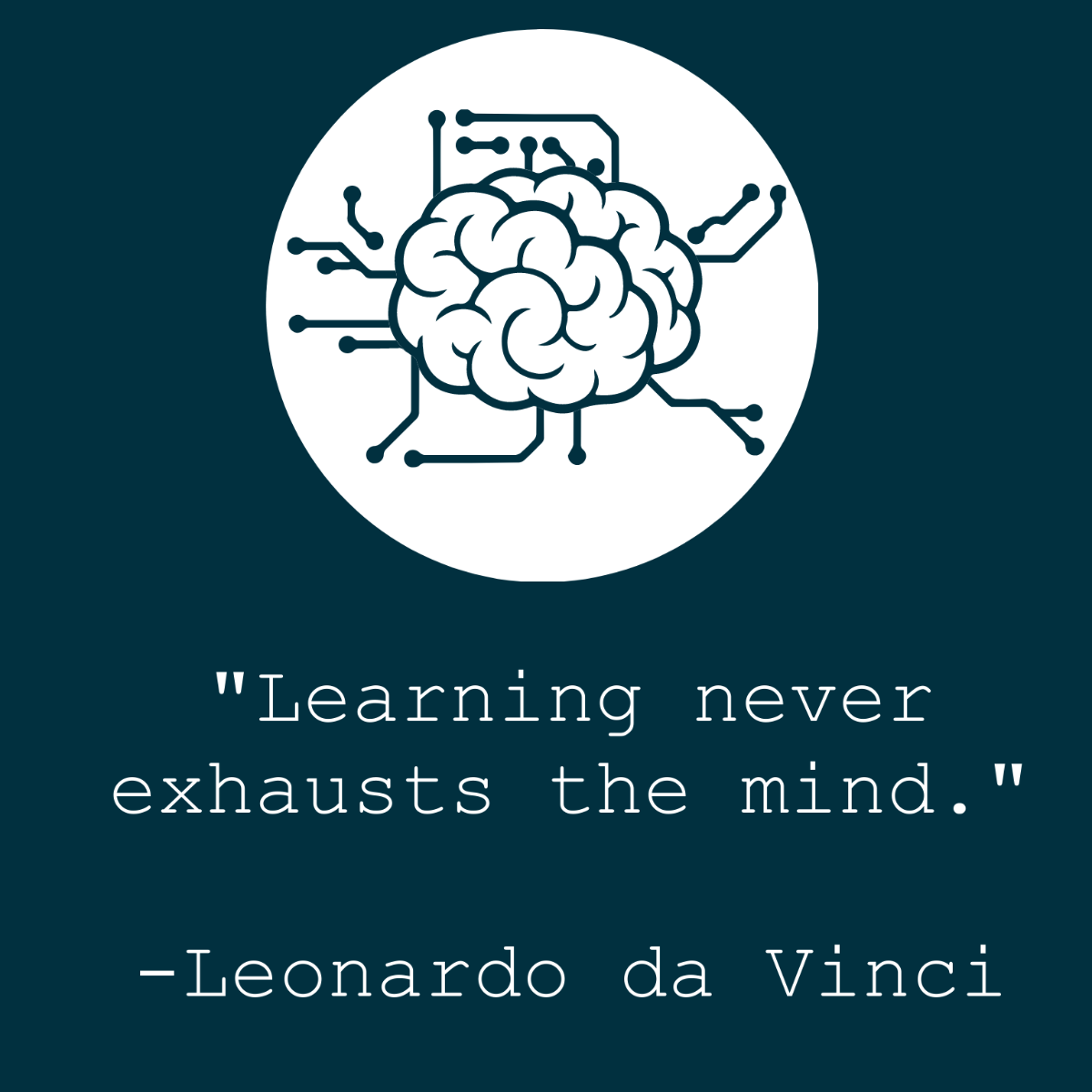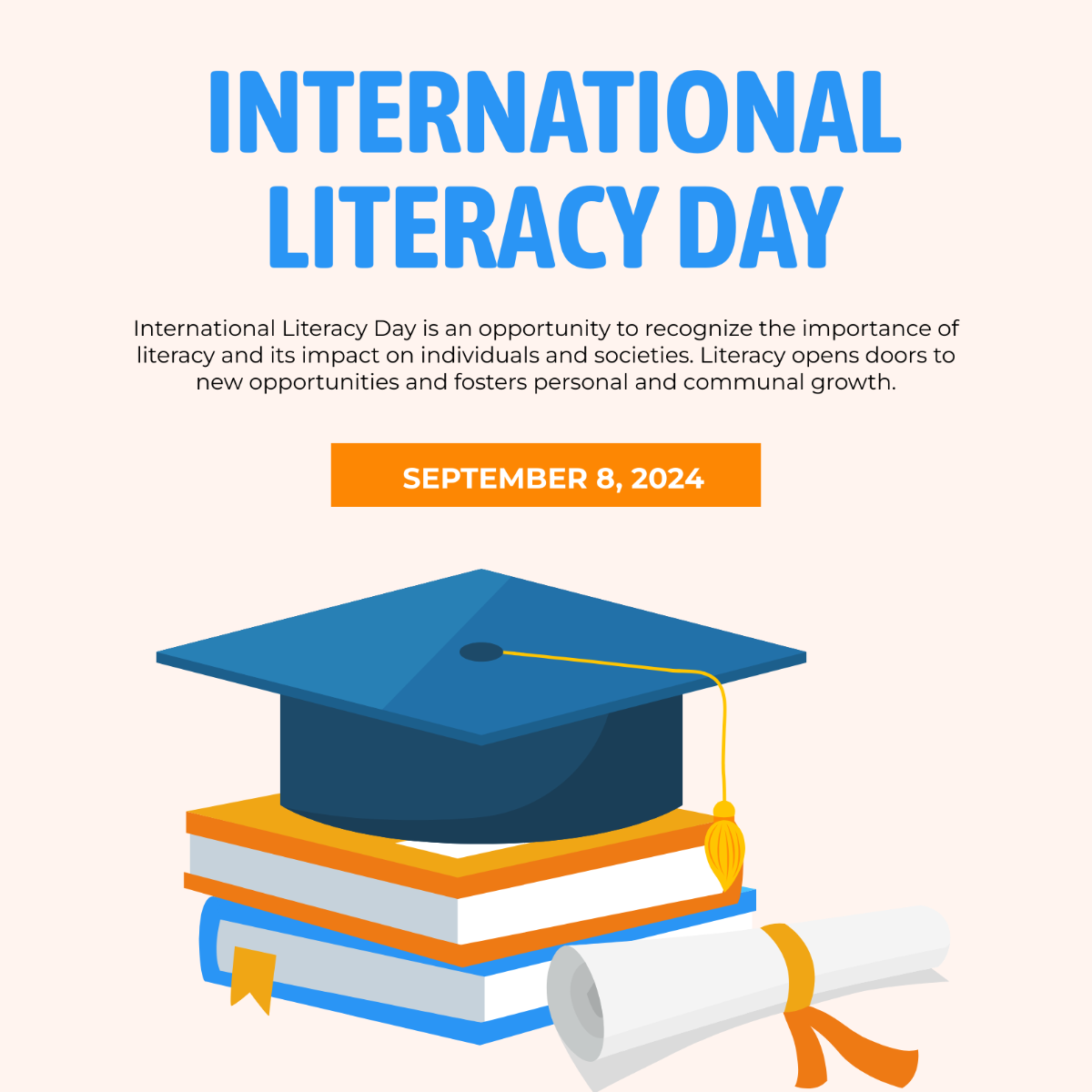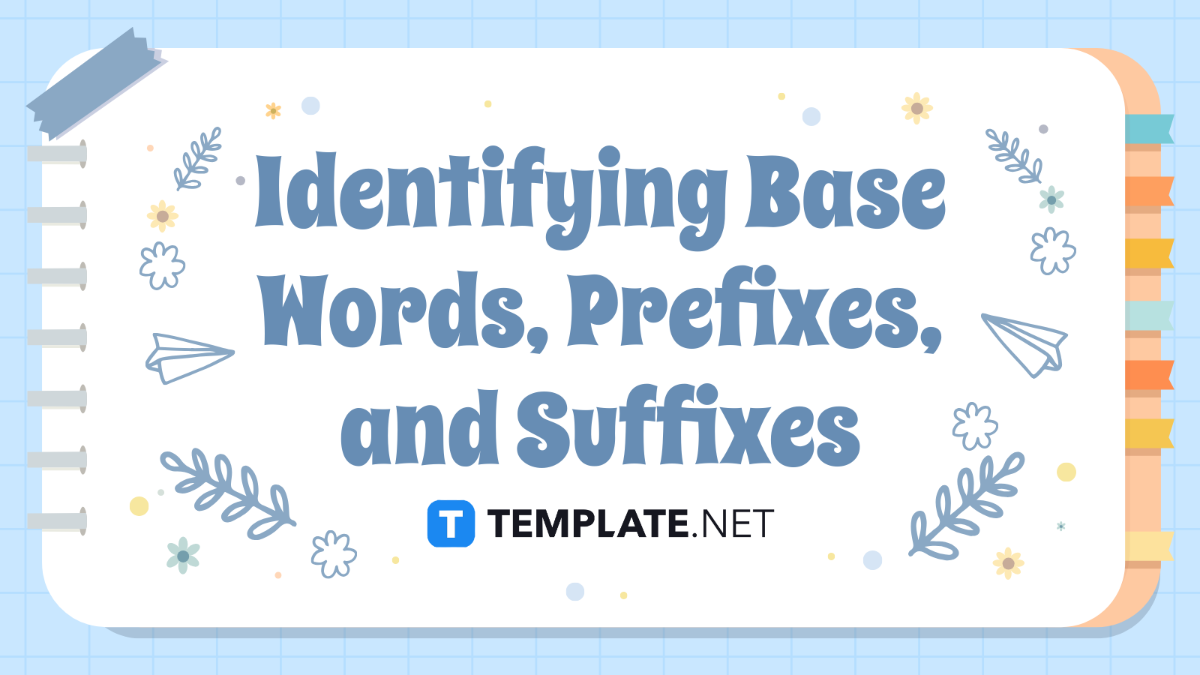Educational Methodology
I. Introduction
The educational methodology encompasses various strategies and techniques used in teaching environments to effectively impart knowledge and skills to learners. This comprehensive methodology integrates components from instructional design, educational psychology, and pedagogic innovation to create a holistic learning experience. The goal is to maximize subject comprehension, engagement, and overall academic success.
II. Instructional Design
Learning Objectives
Defining clear learning objectives is foundational to instructional design. Objectives should be SMART: Specific, Measurable, Achievable, Relevant, and Time-bound.
Specific: Clearly define what the learner will achieve.
Measurable: Ensure that outcomes can be quantified or assessed.
Achievable: Objectives should be realistic given the constraints.
Relevant: Ensure relevance to the curriculum and learners' needs.
Time-bound: Specify the timeframe within which objectives should be met.
B. Content Development
Content development involves creating educational material that aligns with the learning objectives. This includes textbooks, digital content, exercises, and supplementary materials.
Text-Based Material: Textbooks, handouts, and online articles.
Multimedia Resources: Videos, podcasts, and interactive simulations.
Assessments: Quizzes, tests, and assignments to evaluate understanding.
C. Instructional Strategies
Utilizing diverse instructional strategies to cater to different learning styles and environments. Strategies include direct instruction, collaborative learning, problem-based learning, and experiential learning.
Direct Instruction: Teacher-led sessions focused on clarity and alignment with learning objectives.
Collaborative Learning: Group activities that foster teamwork and mutual learning.
Problem-Based Learning: Real-world problems used to contextualize learning and promote critical thinking.
Experiential Learning: Learning through experience, such as labs, field trips, and hands-on projects.
III. Educational Psychology
Learning Theories
Understanding different learning theories provides insights into how students acquire knowledge and skills. Key learning theories include:
Behaviorism: Focuses on observable behaviors and the effects of external stimuli.
Cognitivism: emphasizes internal processes, such as thinking, memory, and problem-solving.
Constructivism: Proposes that learners construct knowledge through experiences and reflections.
Social Learning Theory: highlights the role of observation and imitation in learning.
B. Motivation
Motivation is critical in the educational context and can be intrinsic or extrinsic.
Intrinsic Motivation: Driven by internal rewards, such as curiosity and personal satisfaction.
Extrinsic Motivation: Driven by external rewards, such as grades, praise, and tangible incentives.
C. Classroom Management
Effective classroom management strategies are essential for creating a conducive learning environment and minimizing disruptions.
Rules and Routines: Establish clear expectations and procedures.
Positive Reinforcement: Recognize and reward good behavior and achievements.
Conflict Resolution: Develop skills to handle disputes and maintain a positive classroom climate.
IV. Pedagogic Innovation
A. Technological Integration
Incorporating technology can enhance the learning experience. Key technological tools and platforms include:
Learning Management Systems (LMS): Platforms like Moodle and Blackboard that facilitate course management and delivery.
Interactive Whiteboards: Digital boards that offer interactive capabilities.
Virtual and Augmented Reality: VR and AR applications for immersive learning experiences.
Online Collaboration Tools: Tools like Google Workspace and Microsoft Teams for collaborative projects and communication.
B. Flipped Classroom
The flipped classroom model reverses traditional teaching methods by delivering instructional content outside of the classroom, often online, and using classroom time for interactive, application-based learning activities.
Pre-Class: Students engage with lecture materials, videos, or readings at home.
In-Class: Classroom time is dedicated to exercises, projects, and discussions.
C. Project-Based Learning
Project-Based Learning (PBL) involves students working on a project over an extended period, focusing on complex, real-world problems or questions. This methodology promotes critical thinking, creativity, and collaboration.
Planning: Define project scope, objectives, and deliverables.
Research: Students gather and analyze information relevant to the project.
Execution: Implement project activities and create outputs.
Presentation: Present findings and outputs to peers for review and feedback.
V. Assessment and Evaluation
A. Formative Assessment
Formative assessments are conducted during the learning process to monitor student progress and provide ongoing feedback to improve learning outcomes.
Quizzes: Short tests to gauge understanding of recent material.
Peer Reviews: Students evaluate each other's work to provide constructive feedback.
Observations: Teachers observe student engagement and behavior during activities.
B. Summative Assessment
Summative assessments evaluate student learning at the end of an instructional period by comparing it against some standard or benchmark.
Exams: Comprehensive tests covering the entire course content.
Final Projects: Cumulative projects that synthesize and apply what students have learned.
Portfolios: Collections of student work that demonstrate learning progression and achievements.
C. Feedback Mechanisms
Providing effective feedback is crucial for student development. Feedback should be timely, specific, constructive, and aligned with learning goals.
Timely: Deliver feedback promptly to facilitate immediate application and improvement.
Specific: Focus on particular aspects of performance and provide actionable suggestions.
Constructive: Highlight strengths and areas for improvement while encouraging continued effort.
VI. Conclusion
An effective educational methodology requires a balanced integration of instructional design, educational psychology, and pedagogic innovation. By incorporating diverse instructional strategies, understanding learner motivations, and employing innovative teaching tools, educators can create engaging and impactful learning experiences. Continuous assessment and feedback further enhance the educational process, ensuring that learners achieve their full potential.
